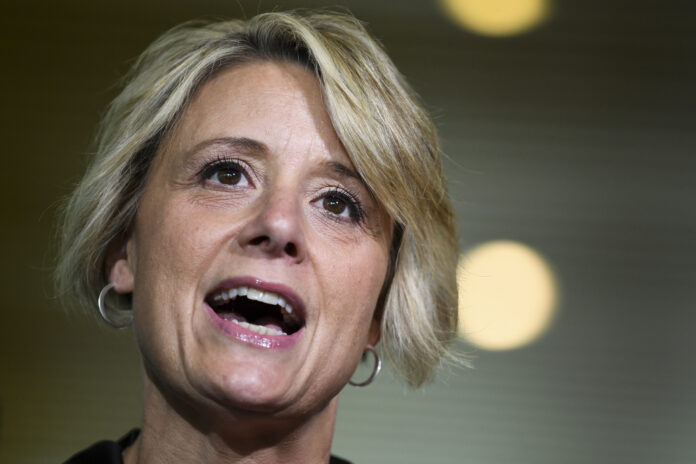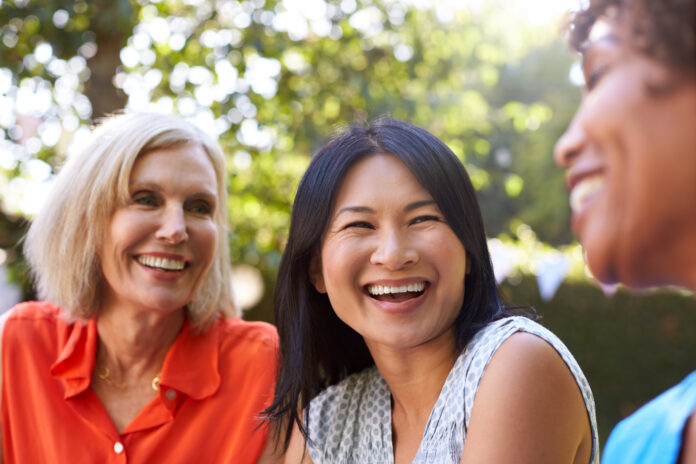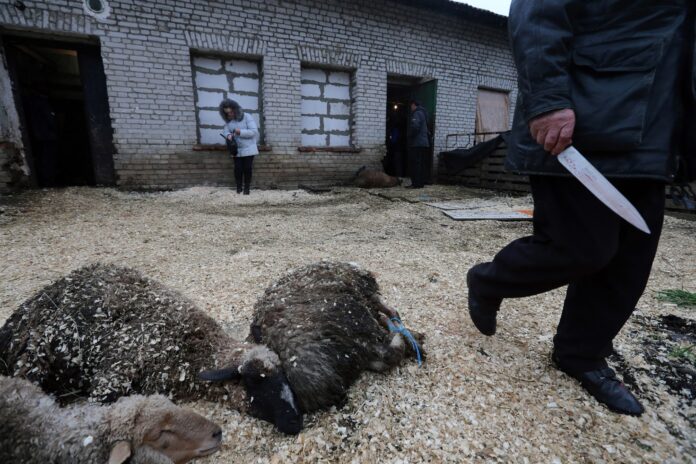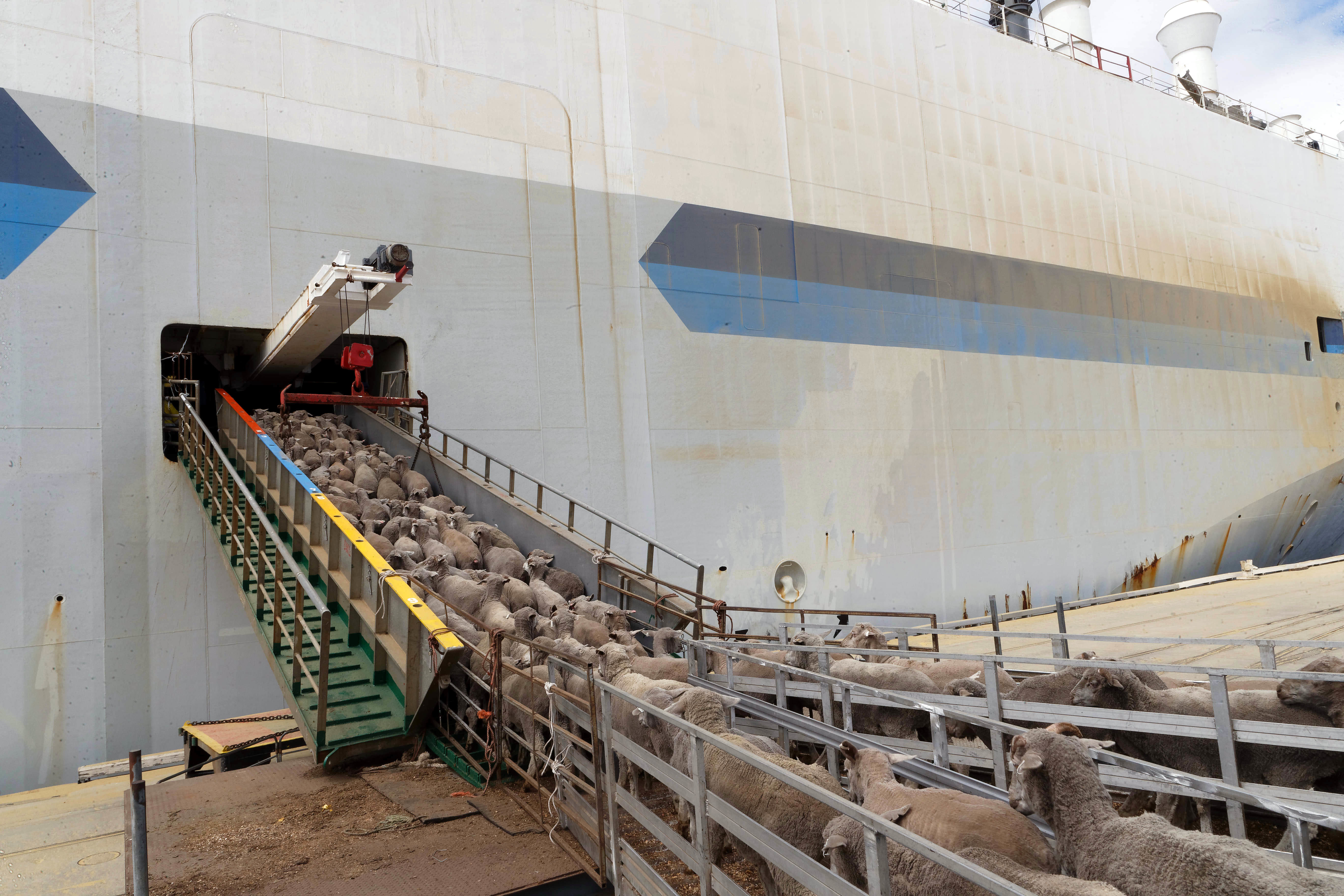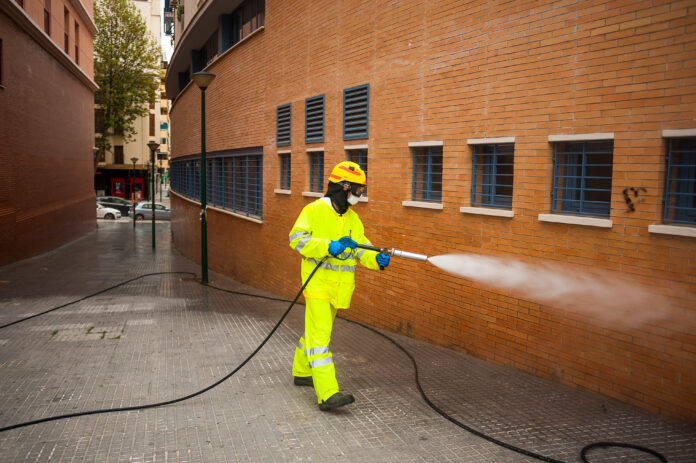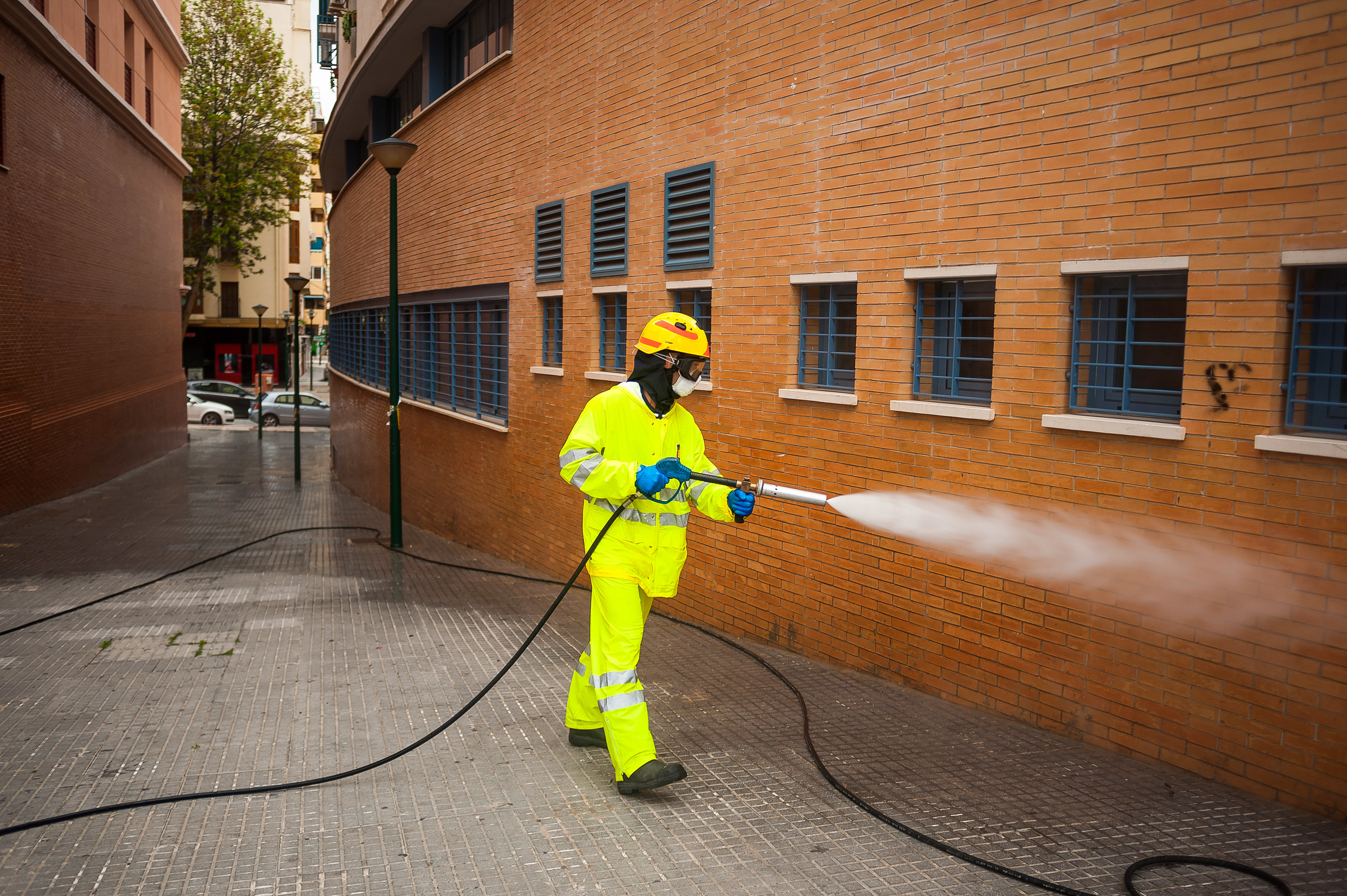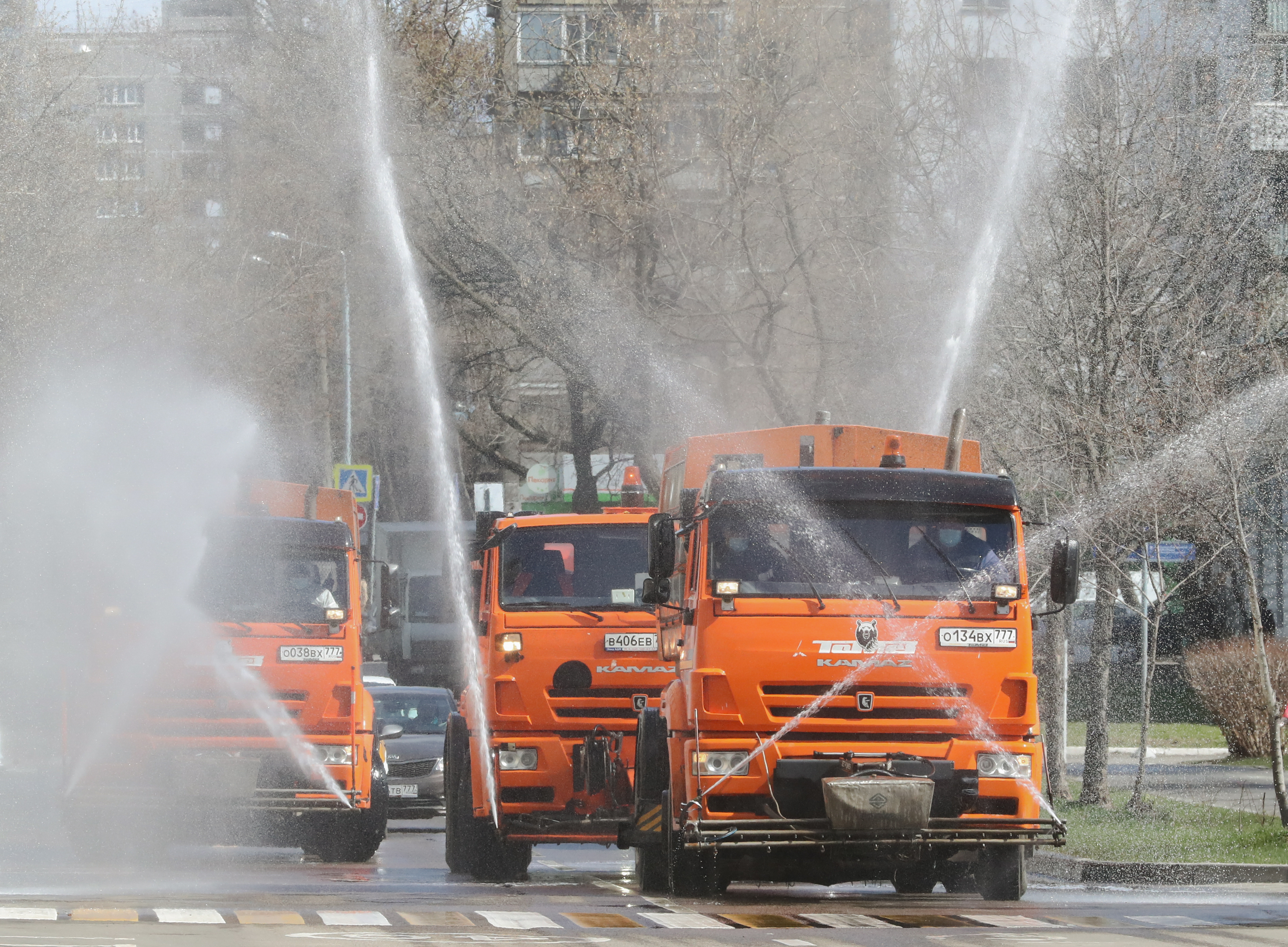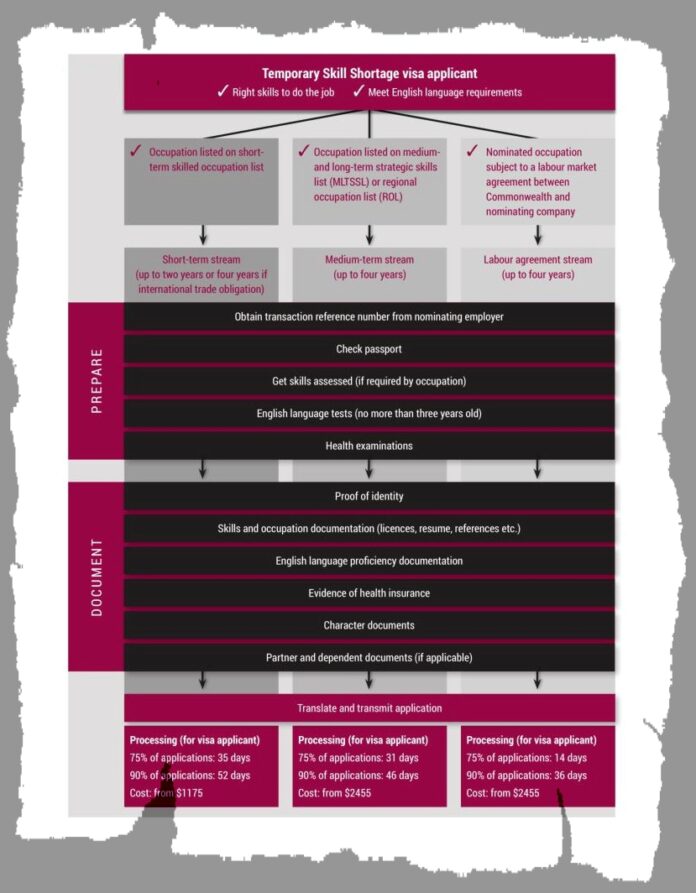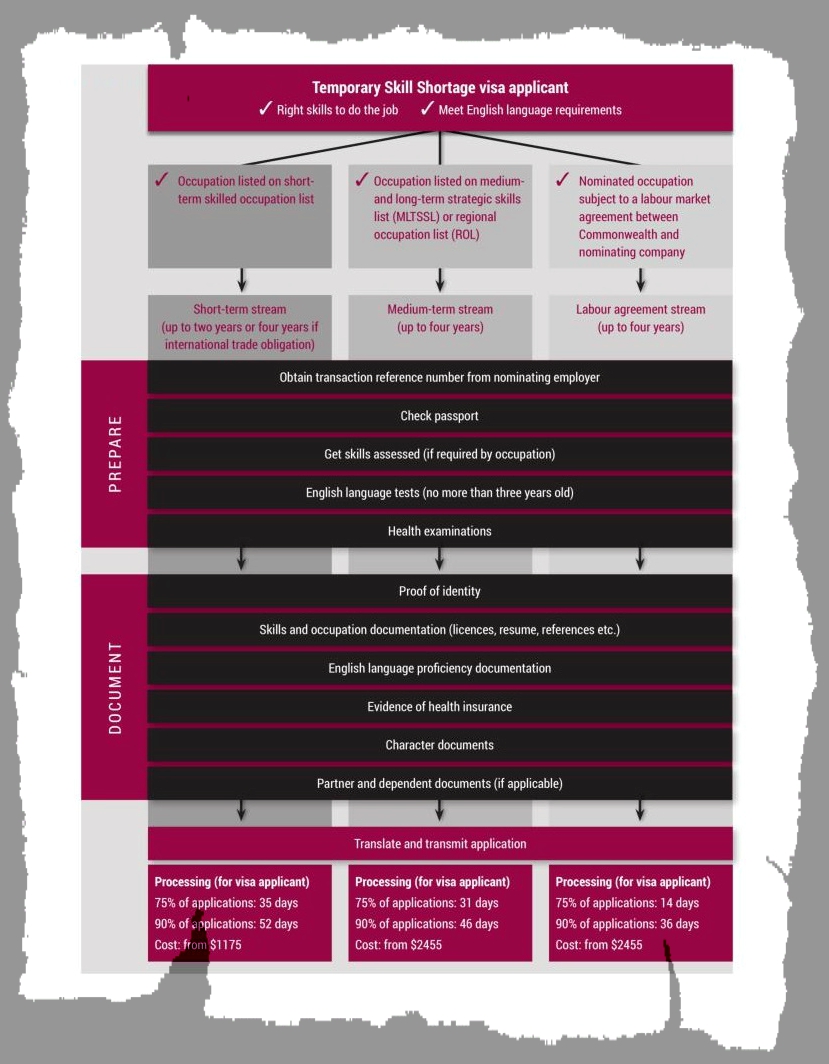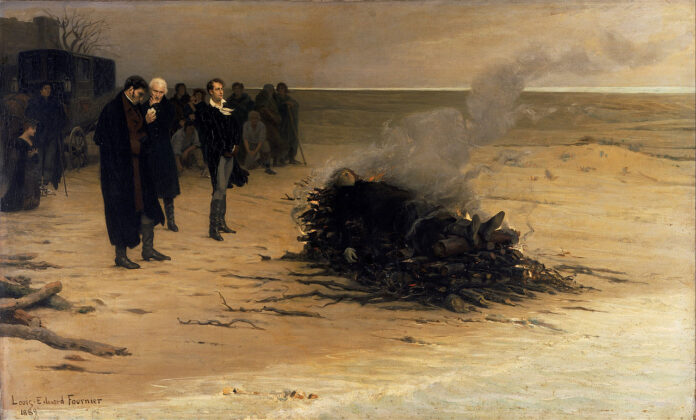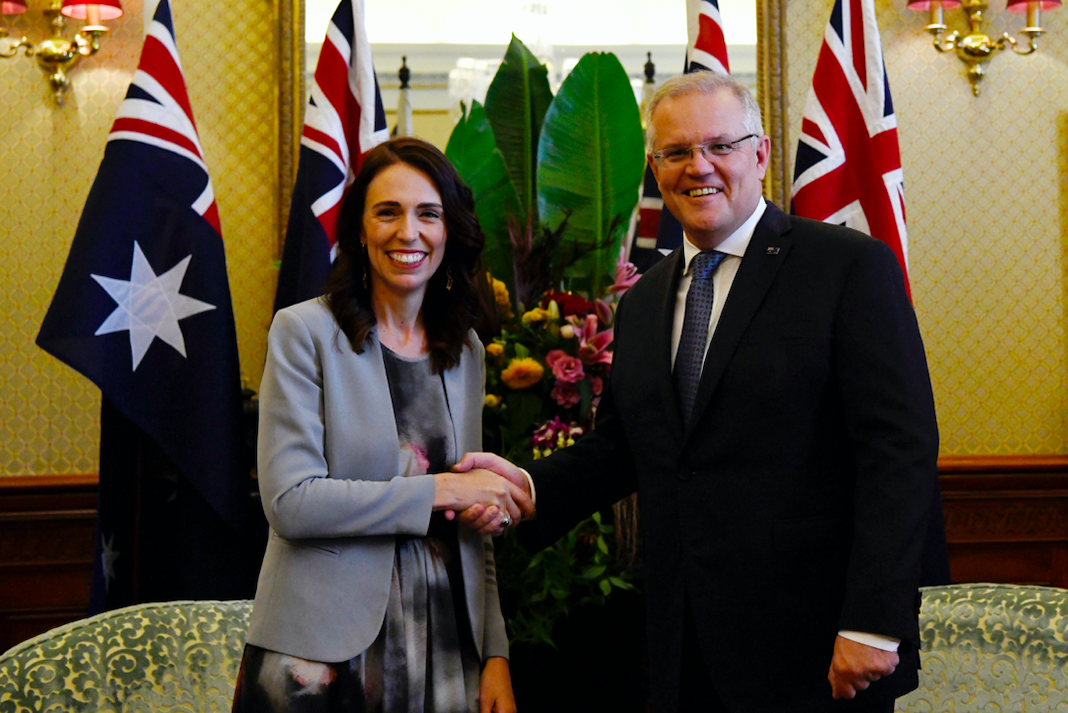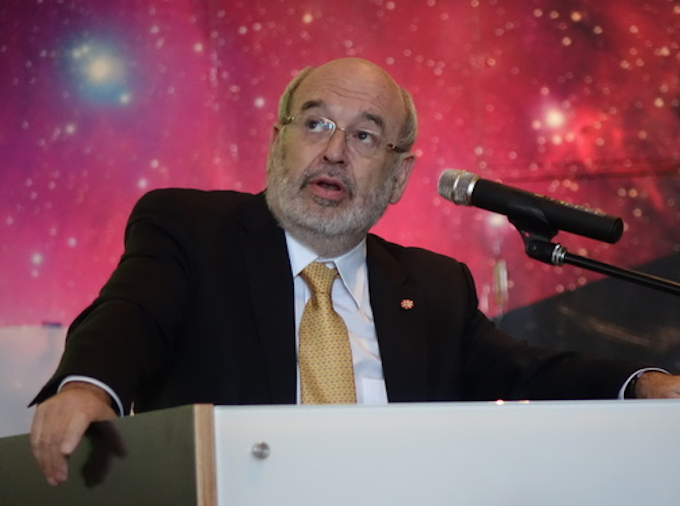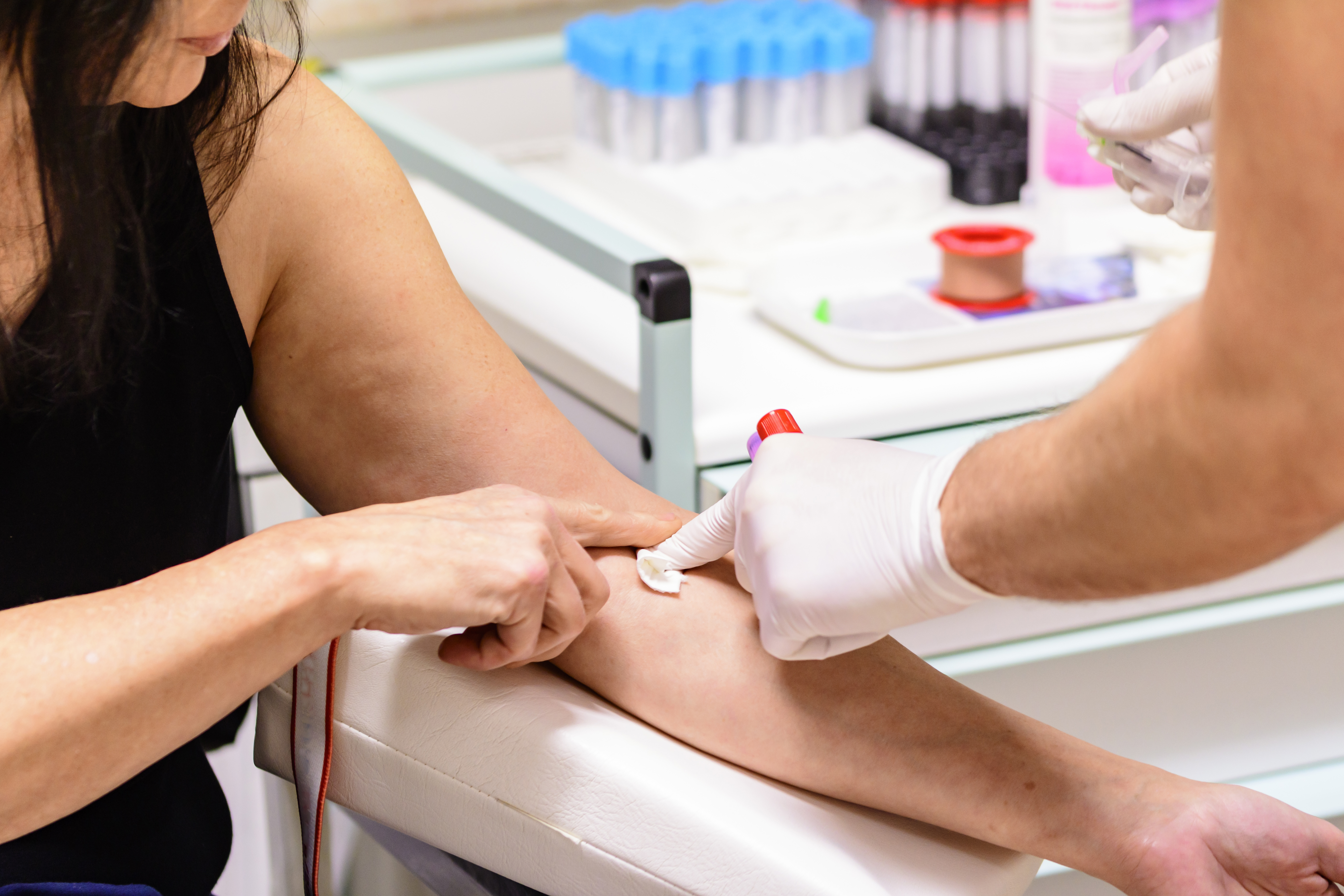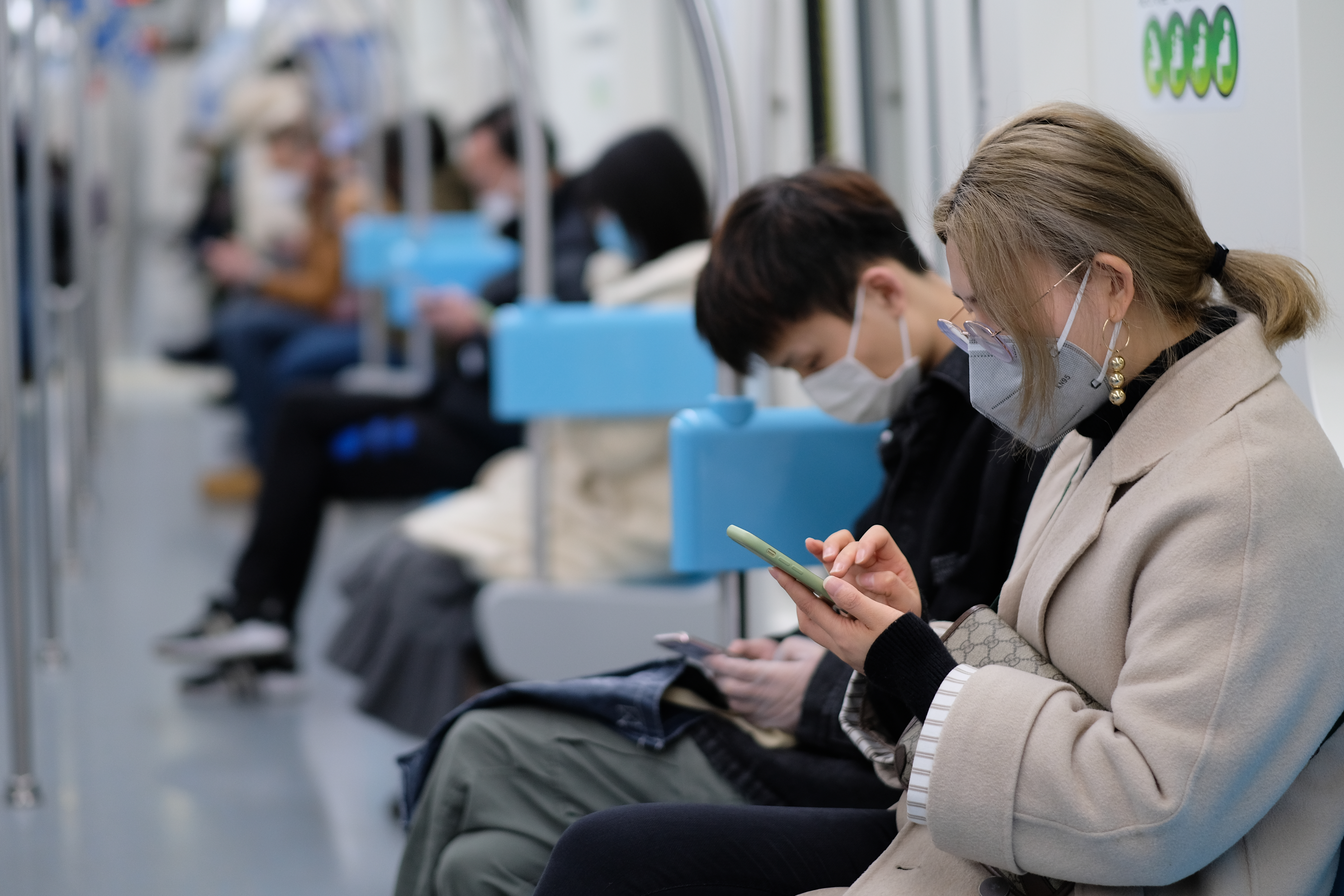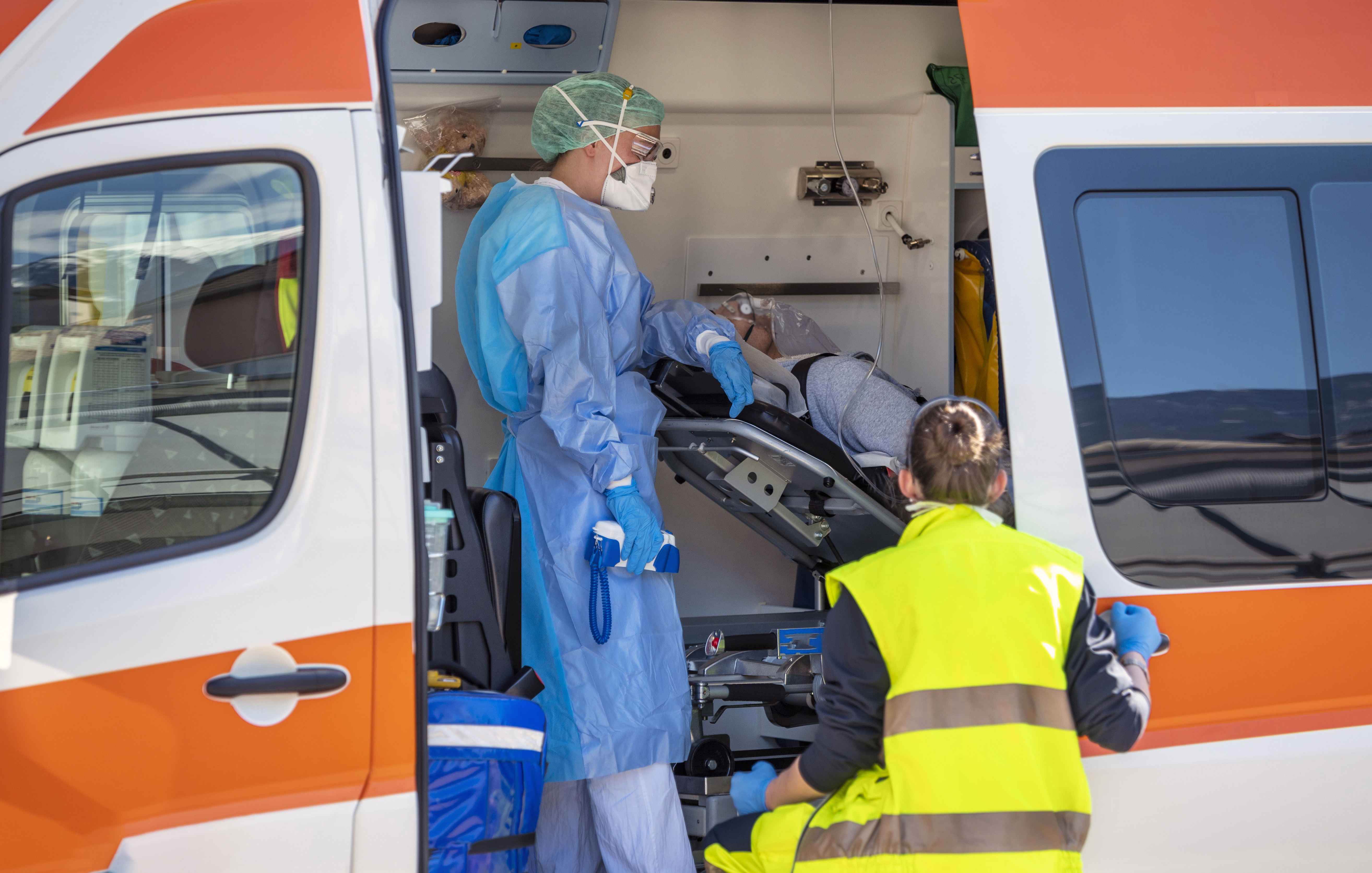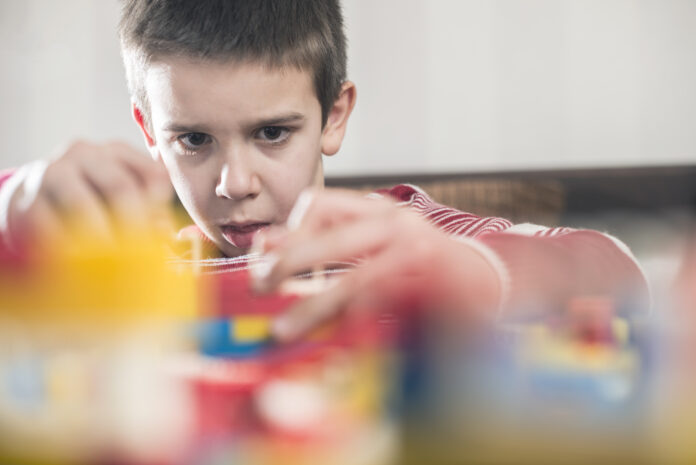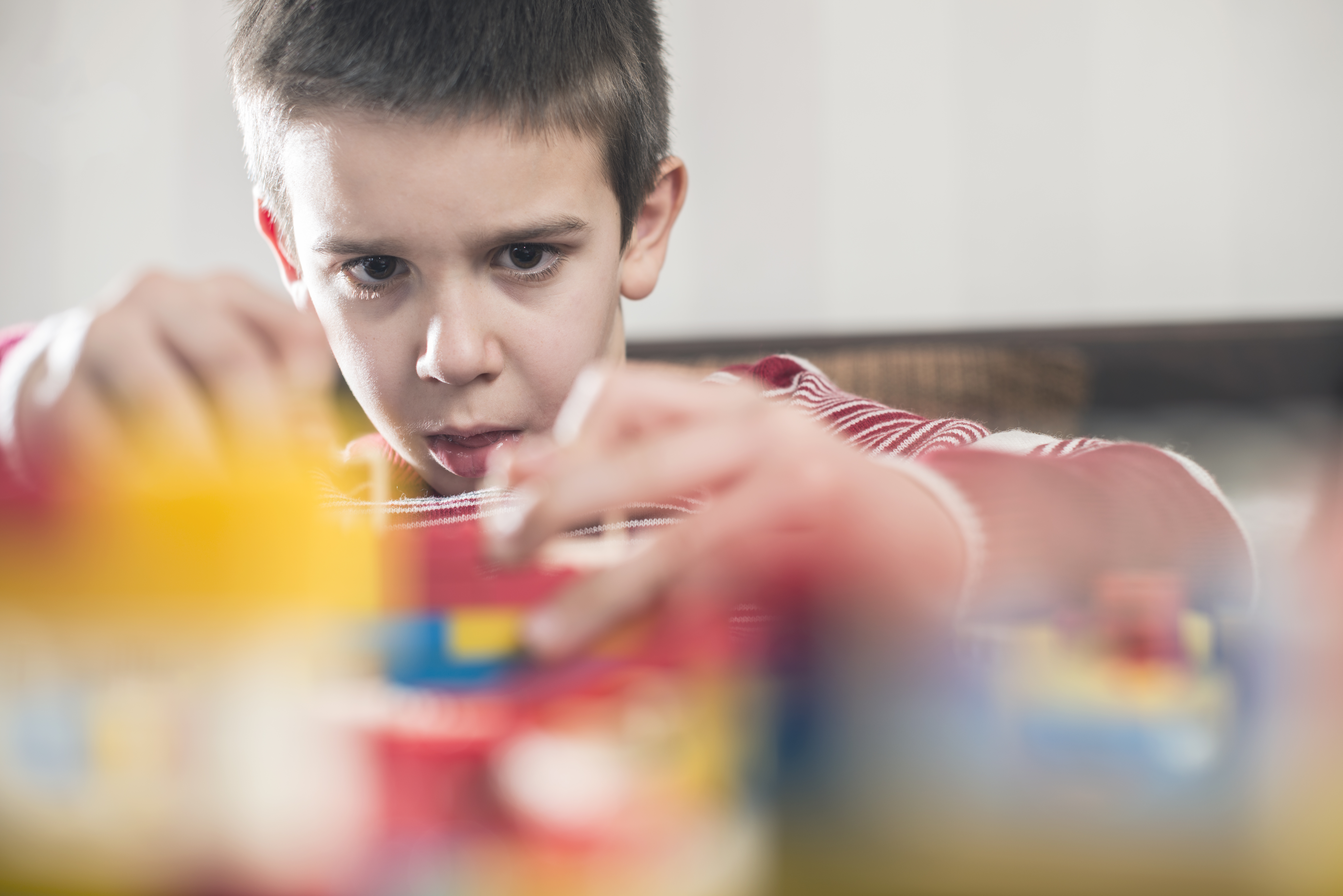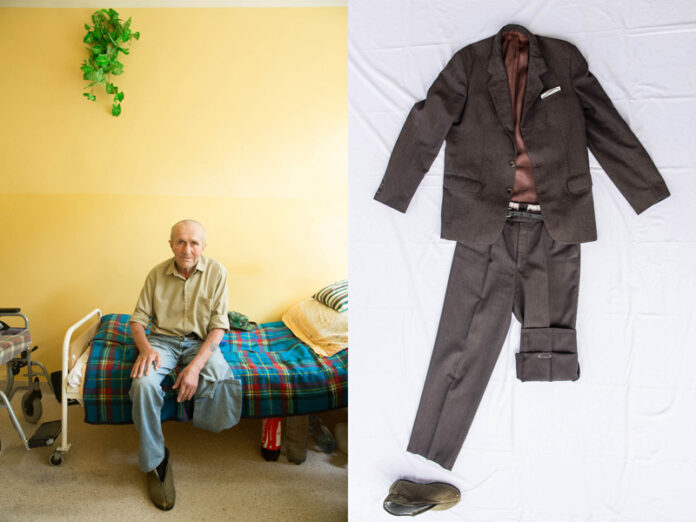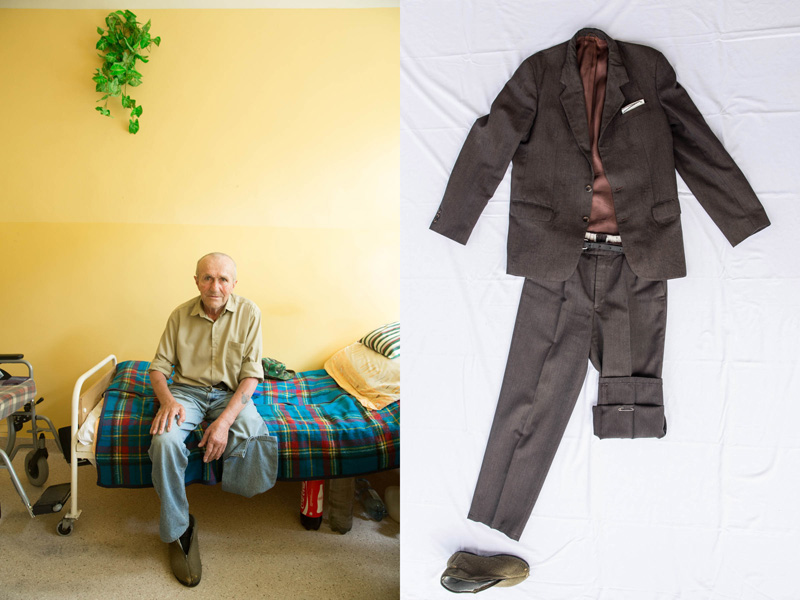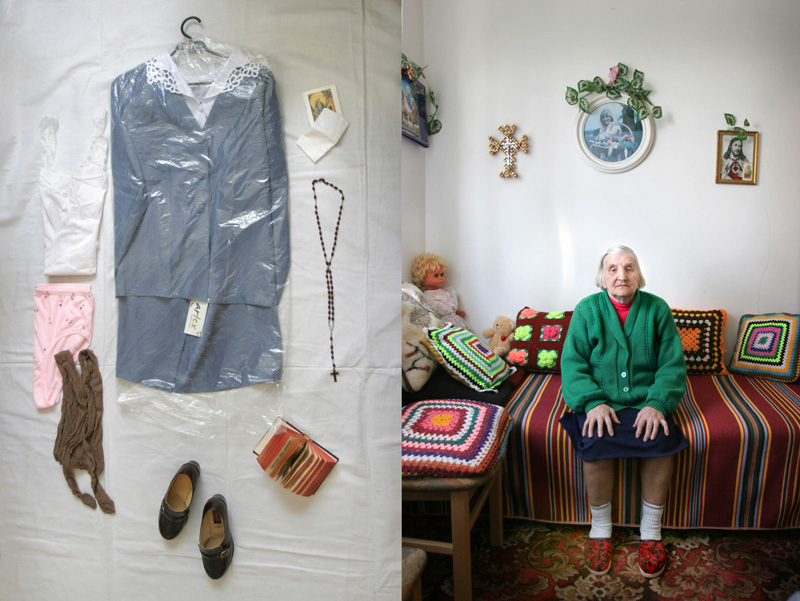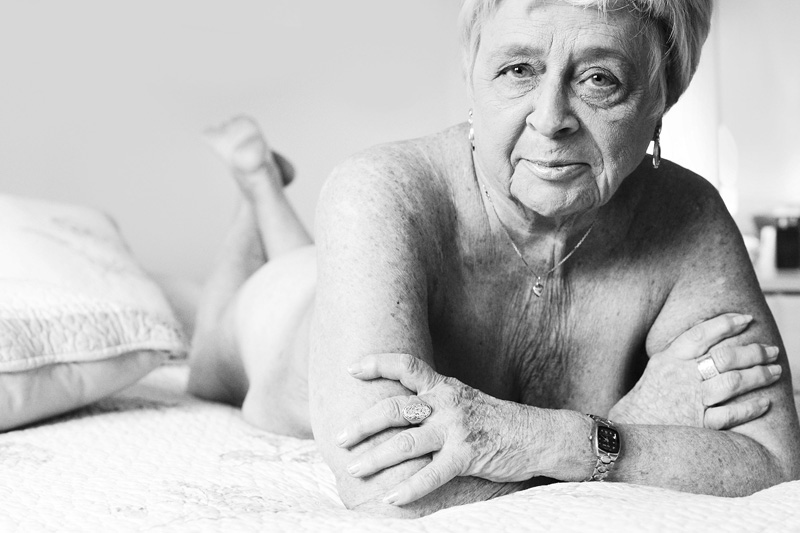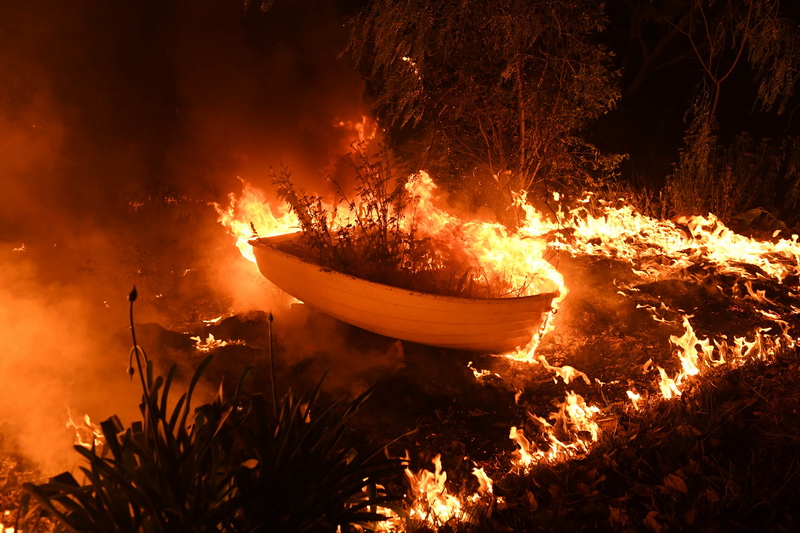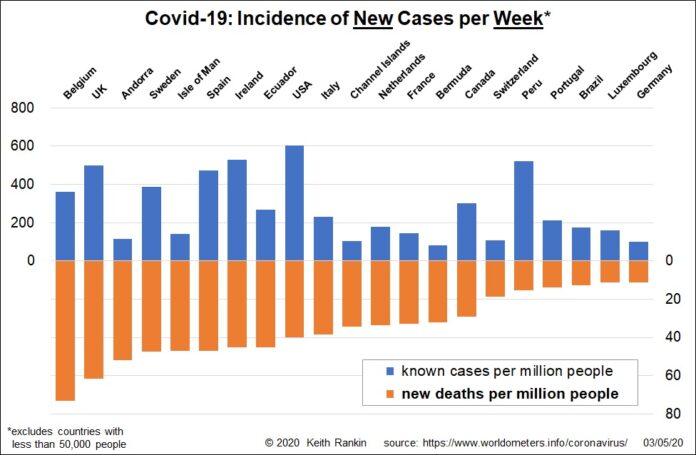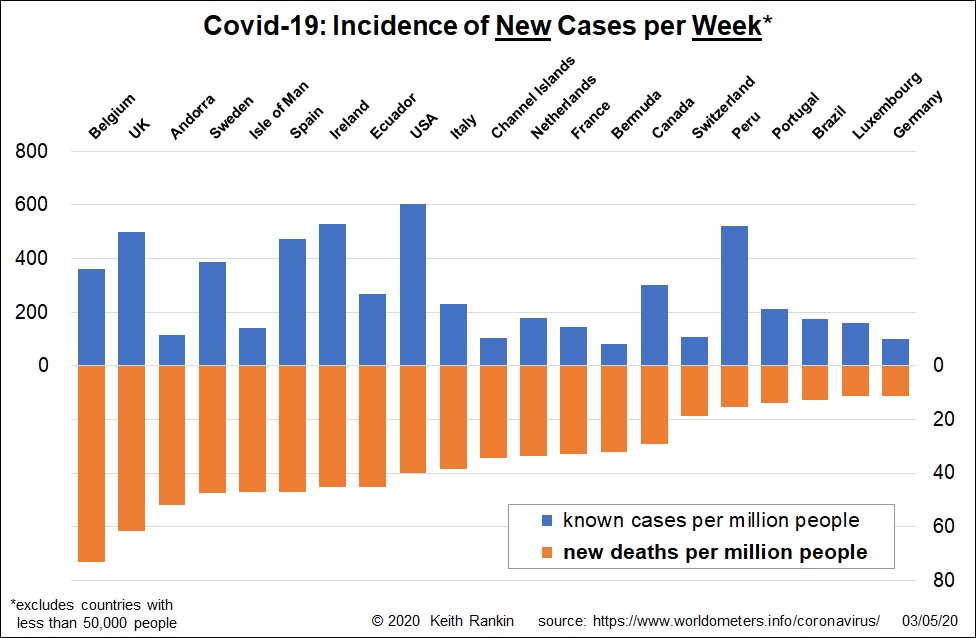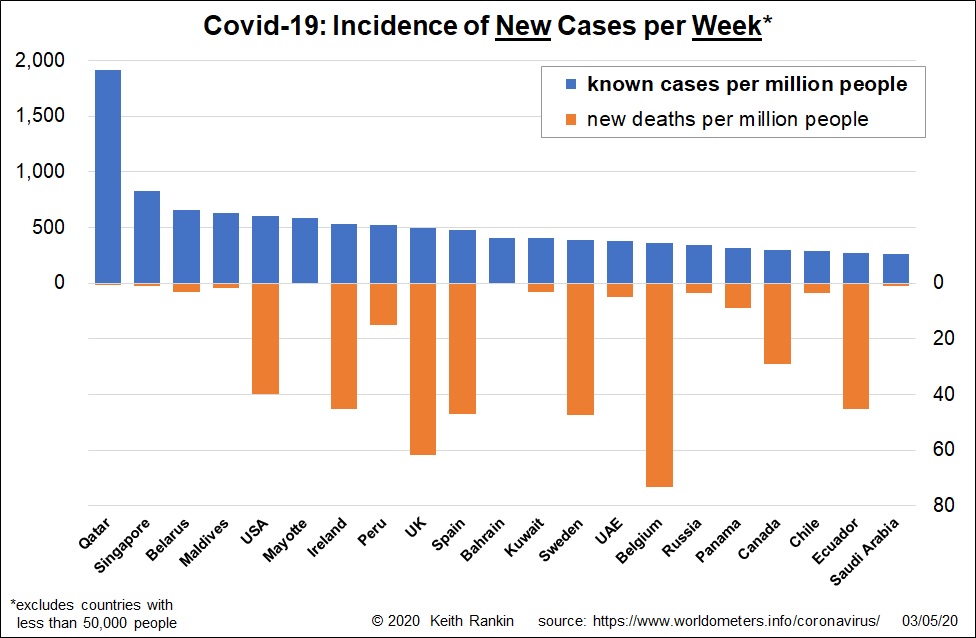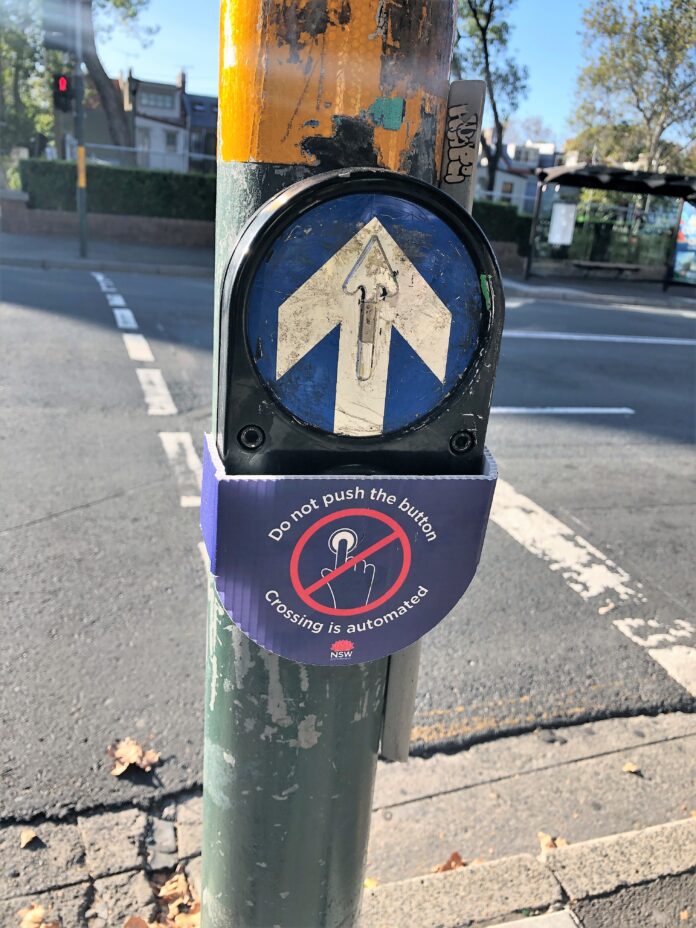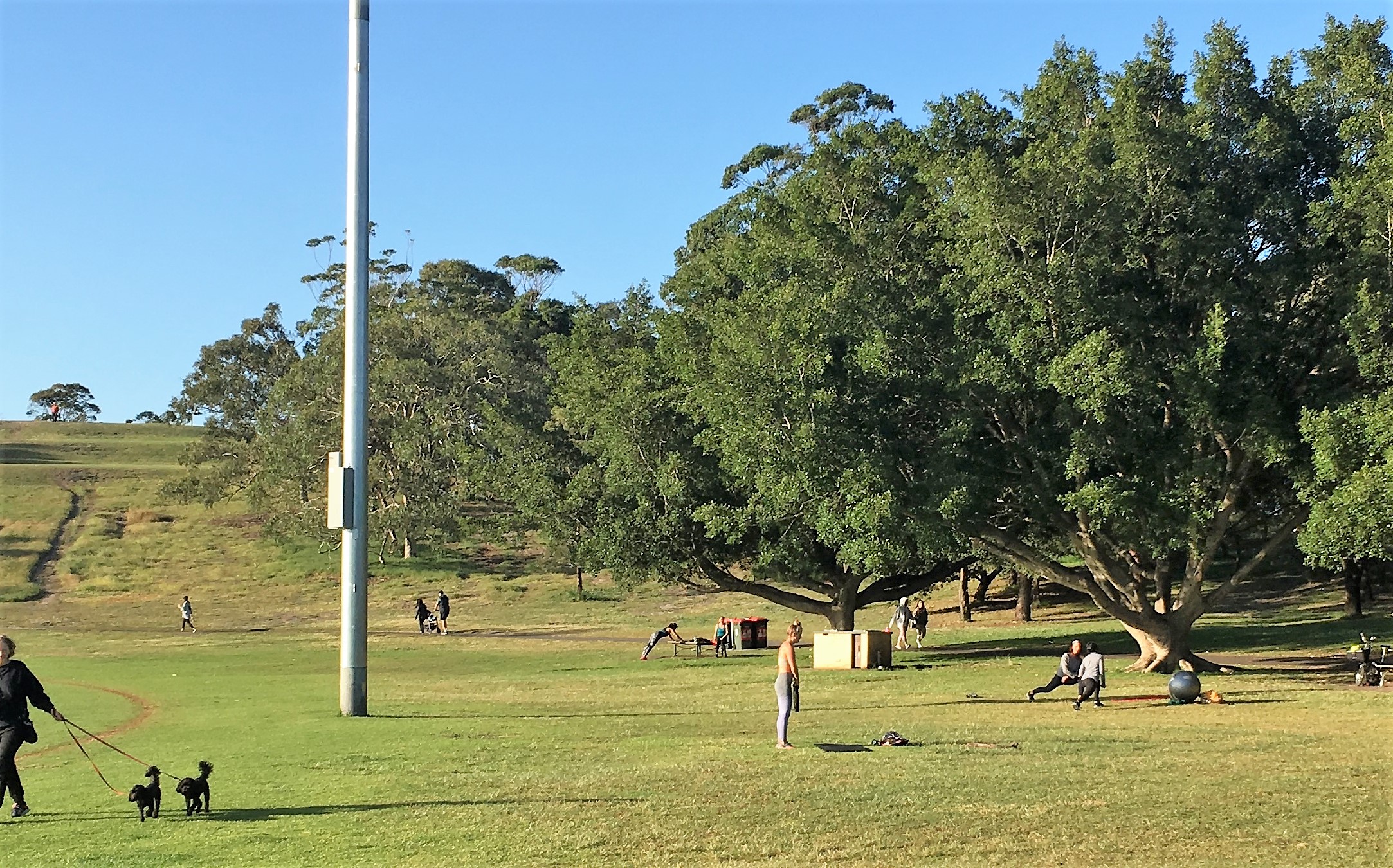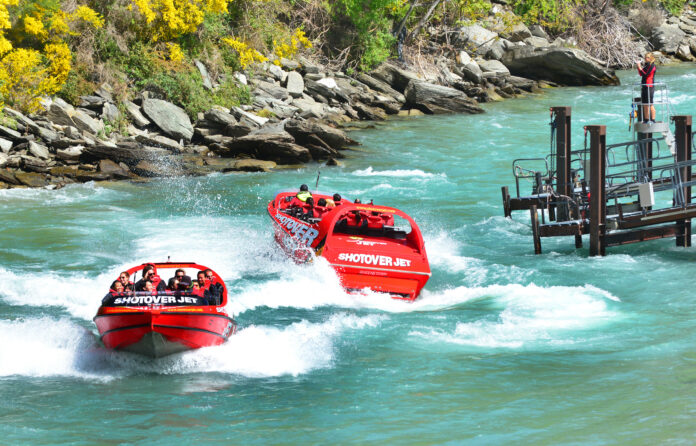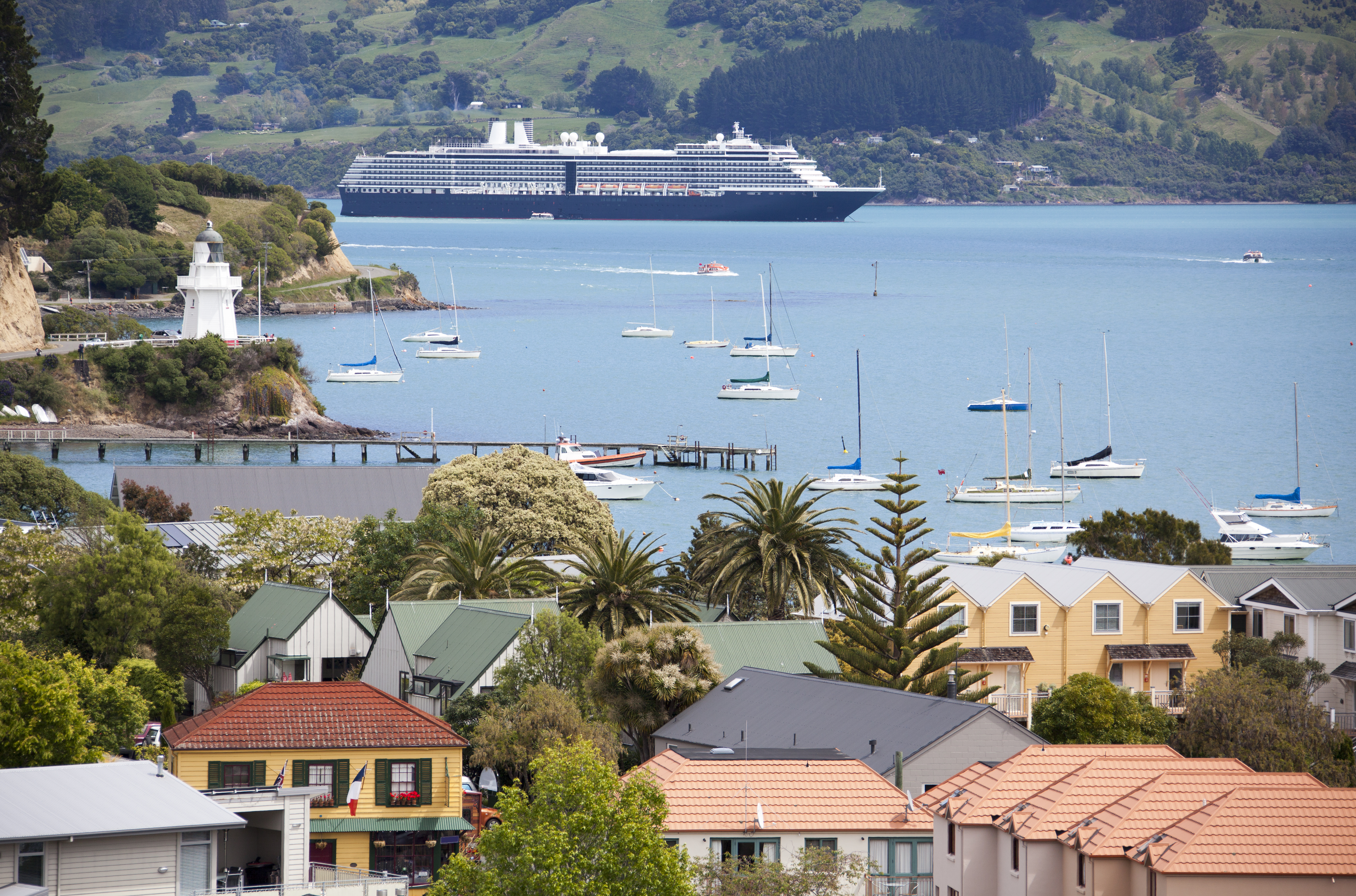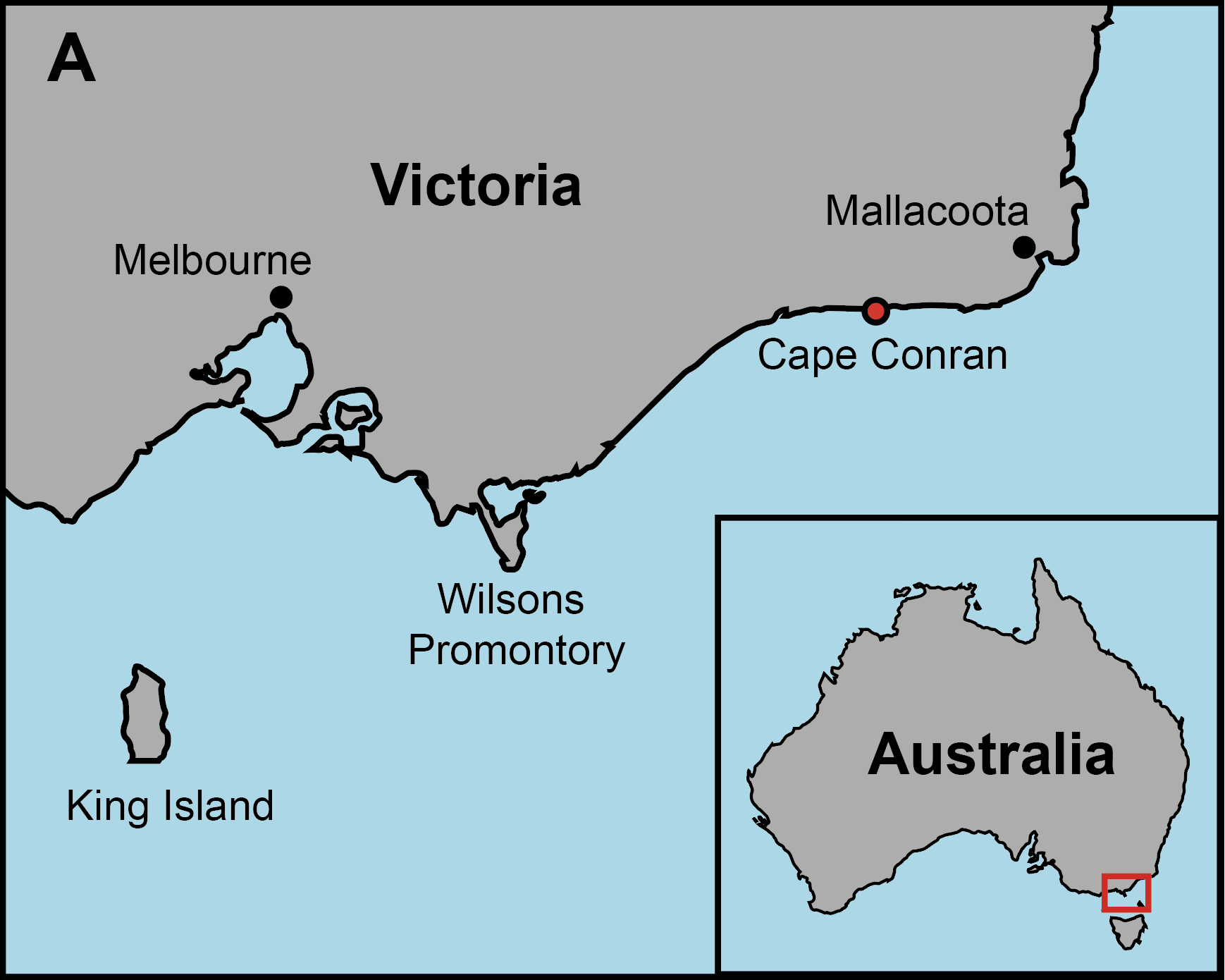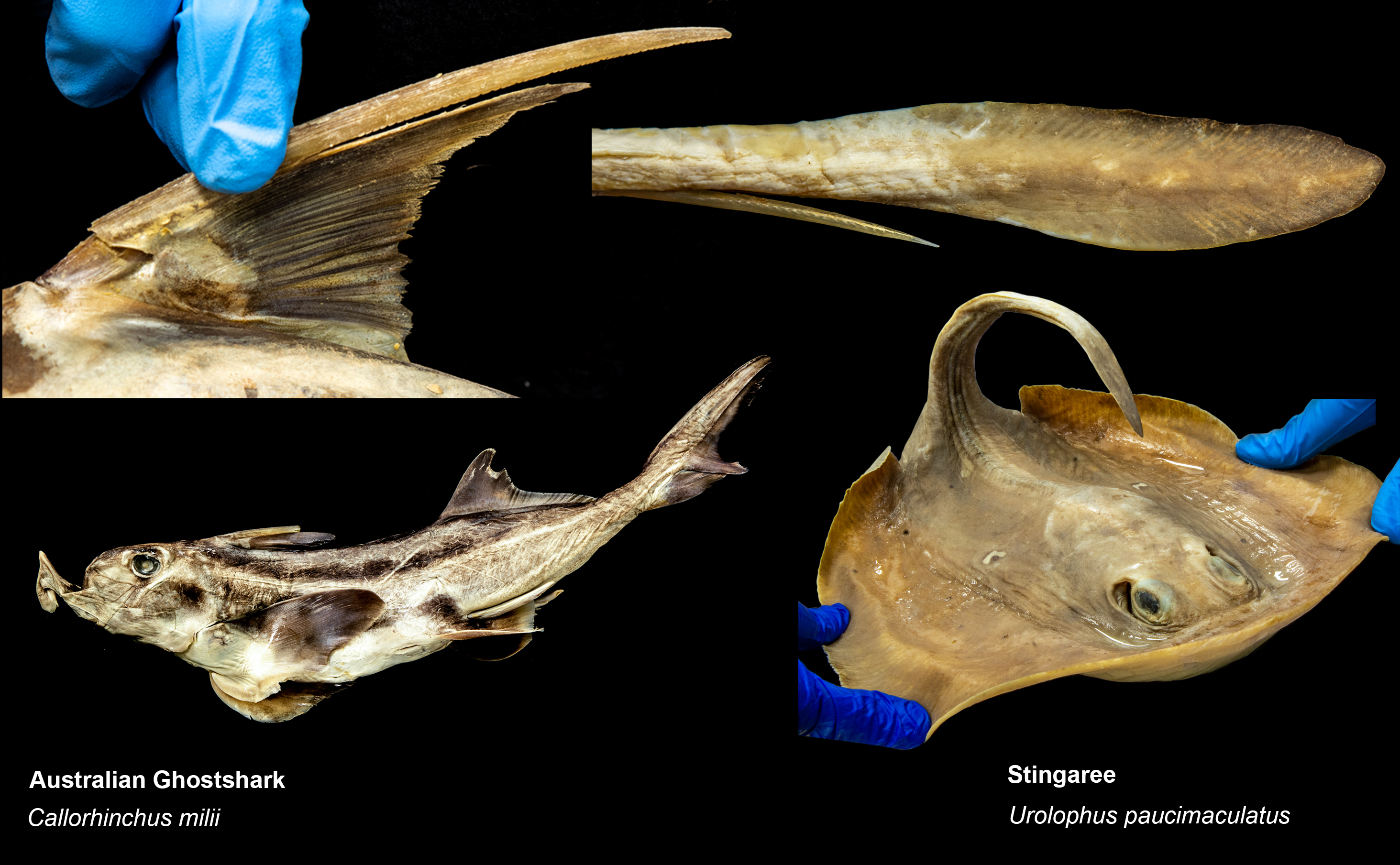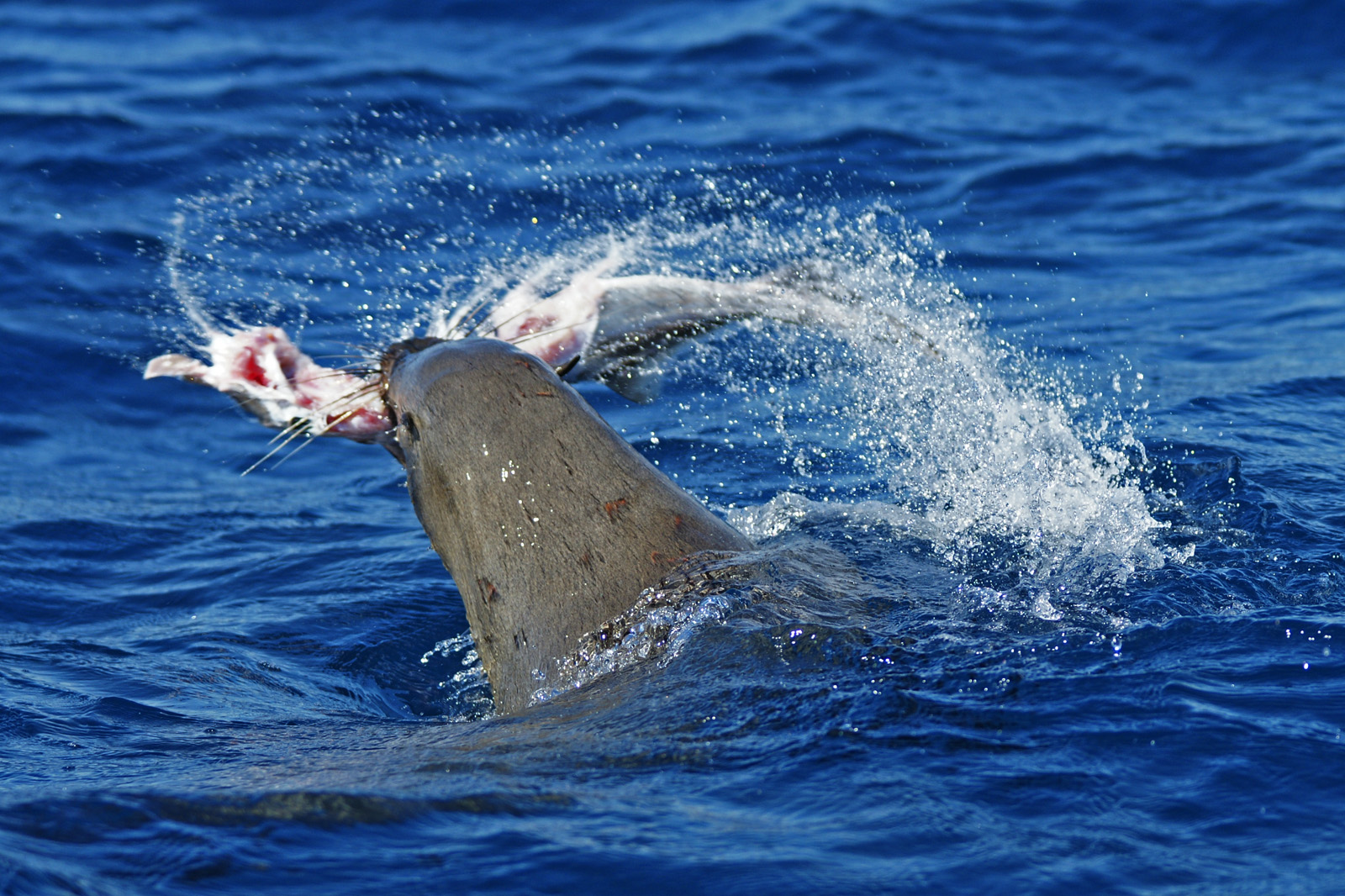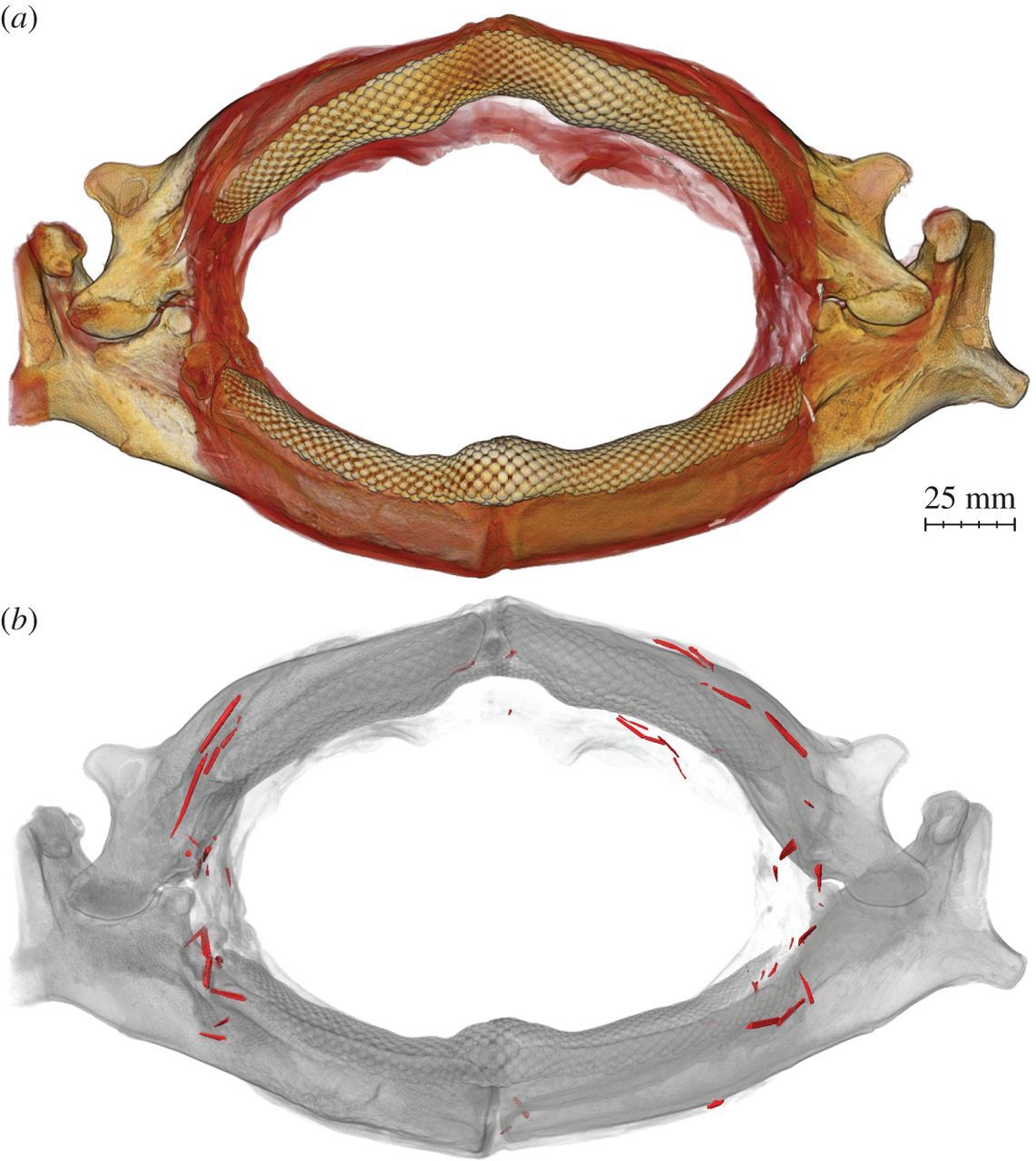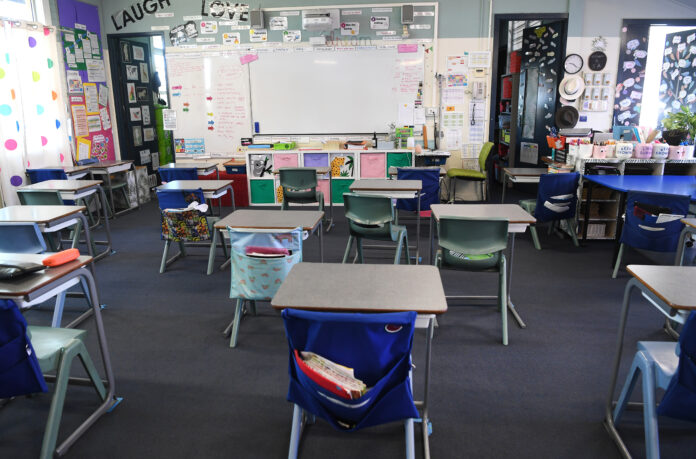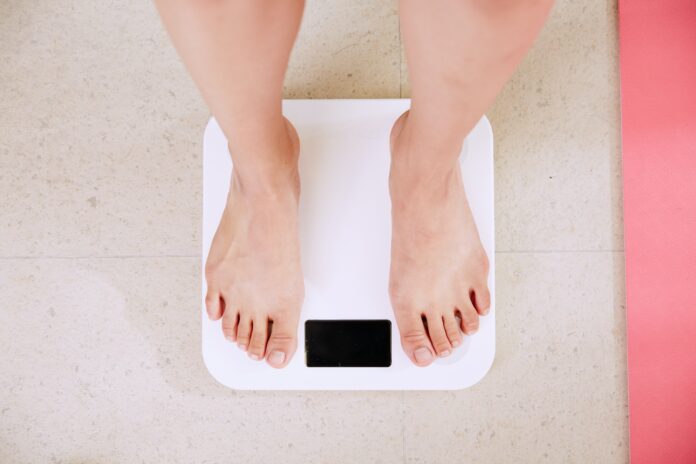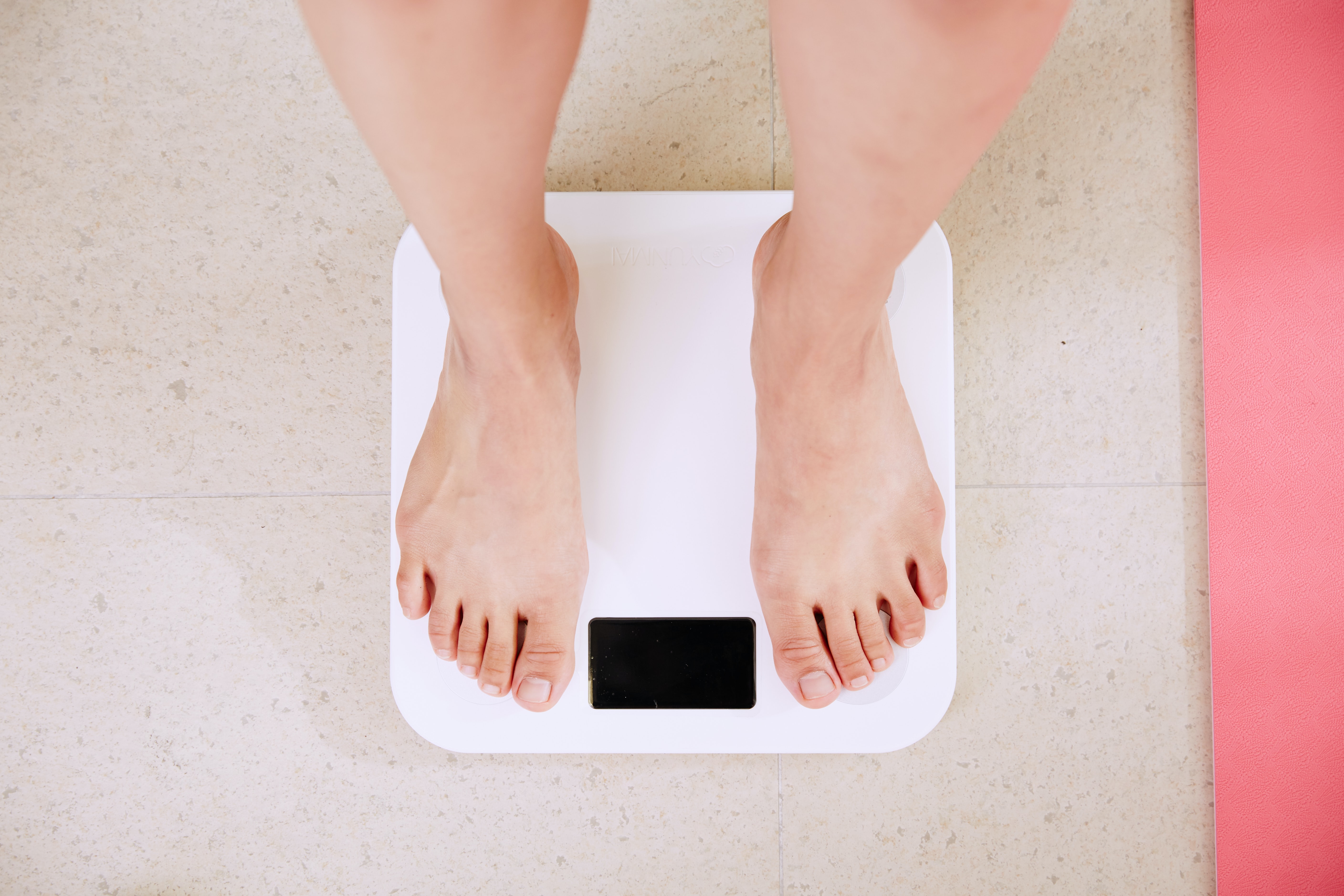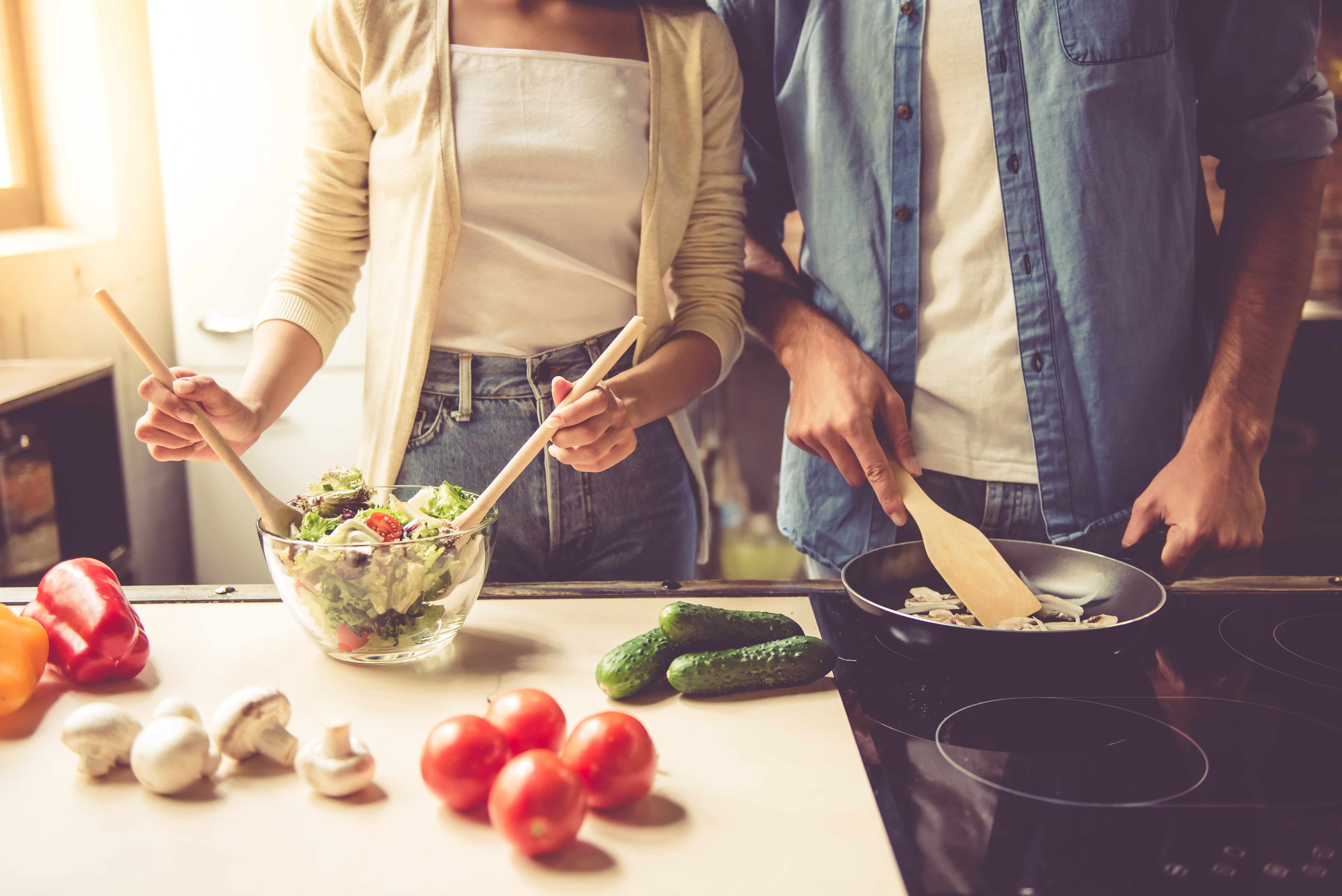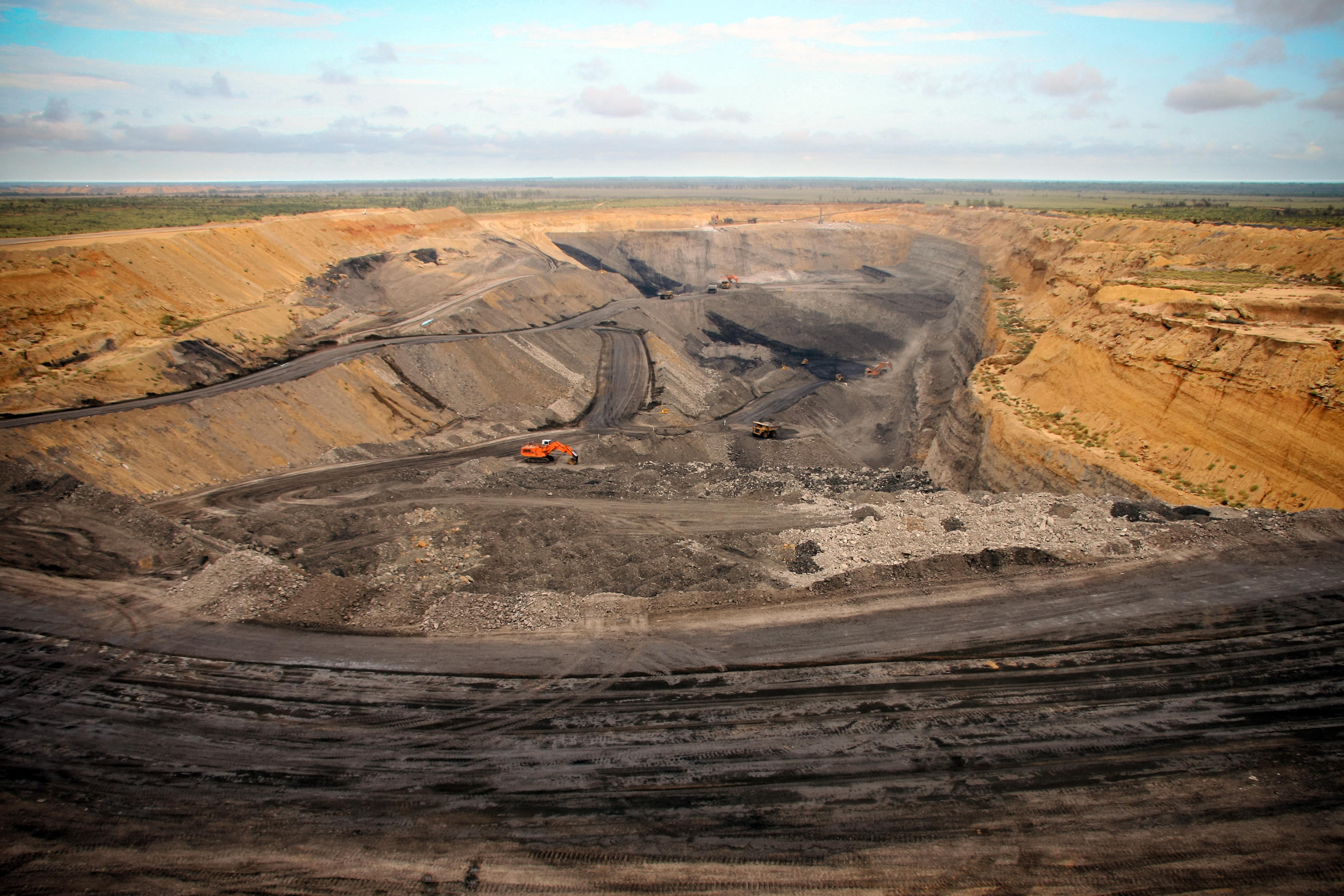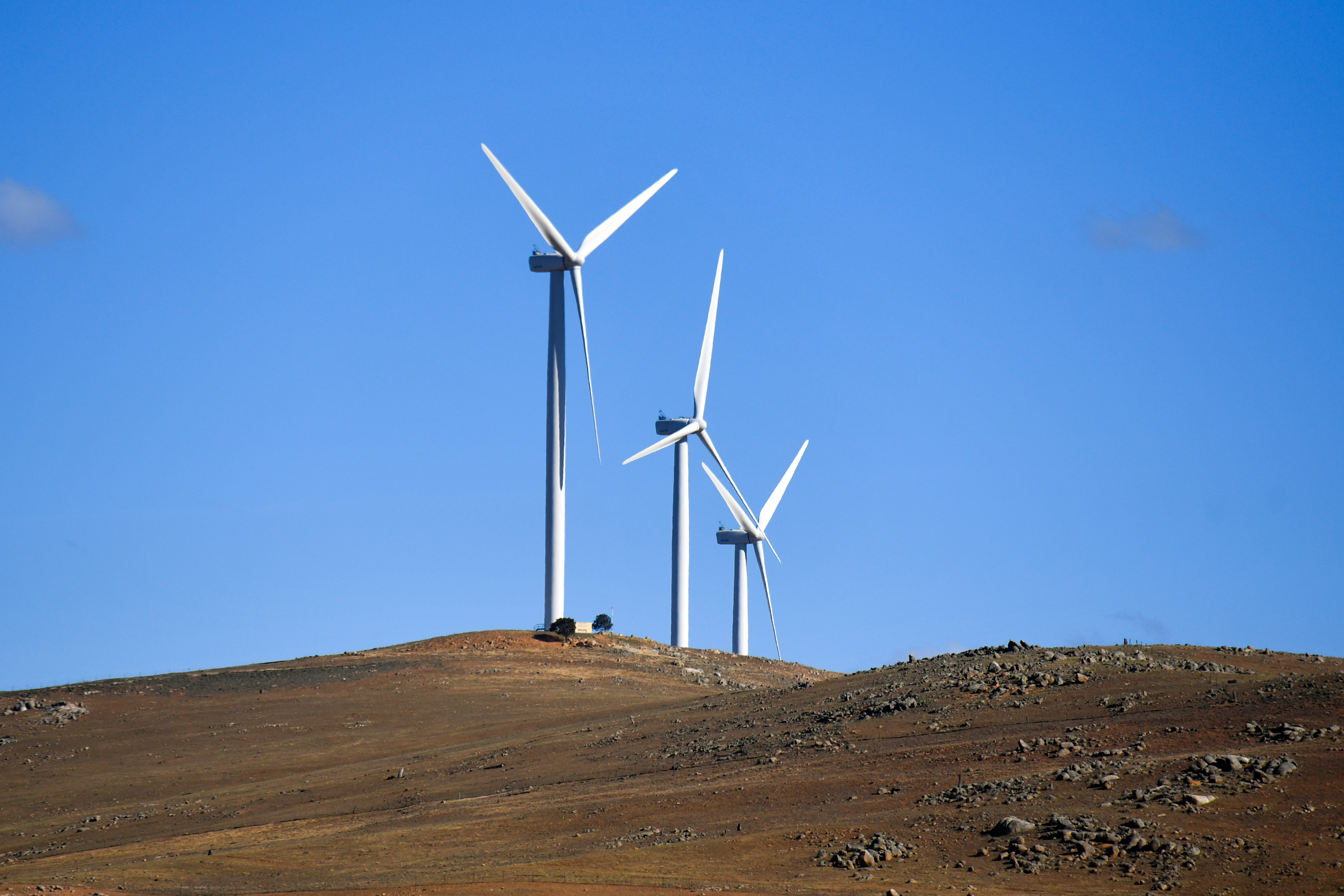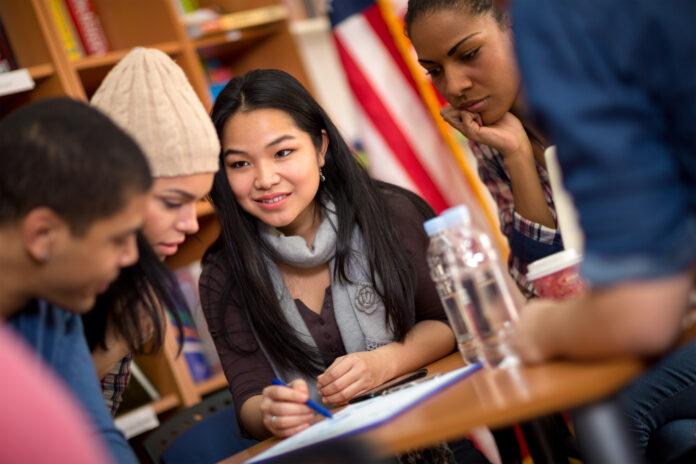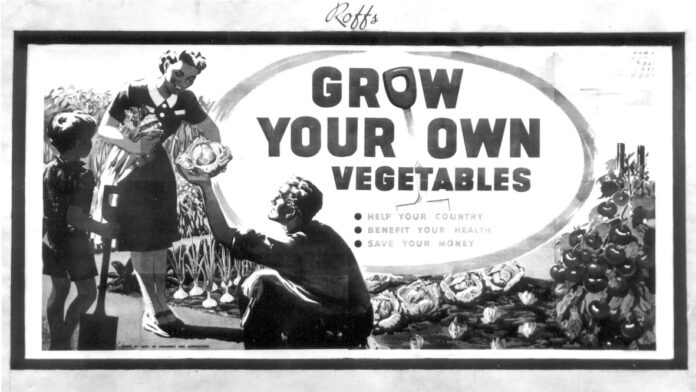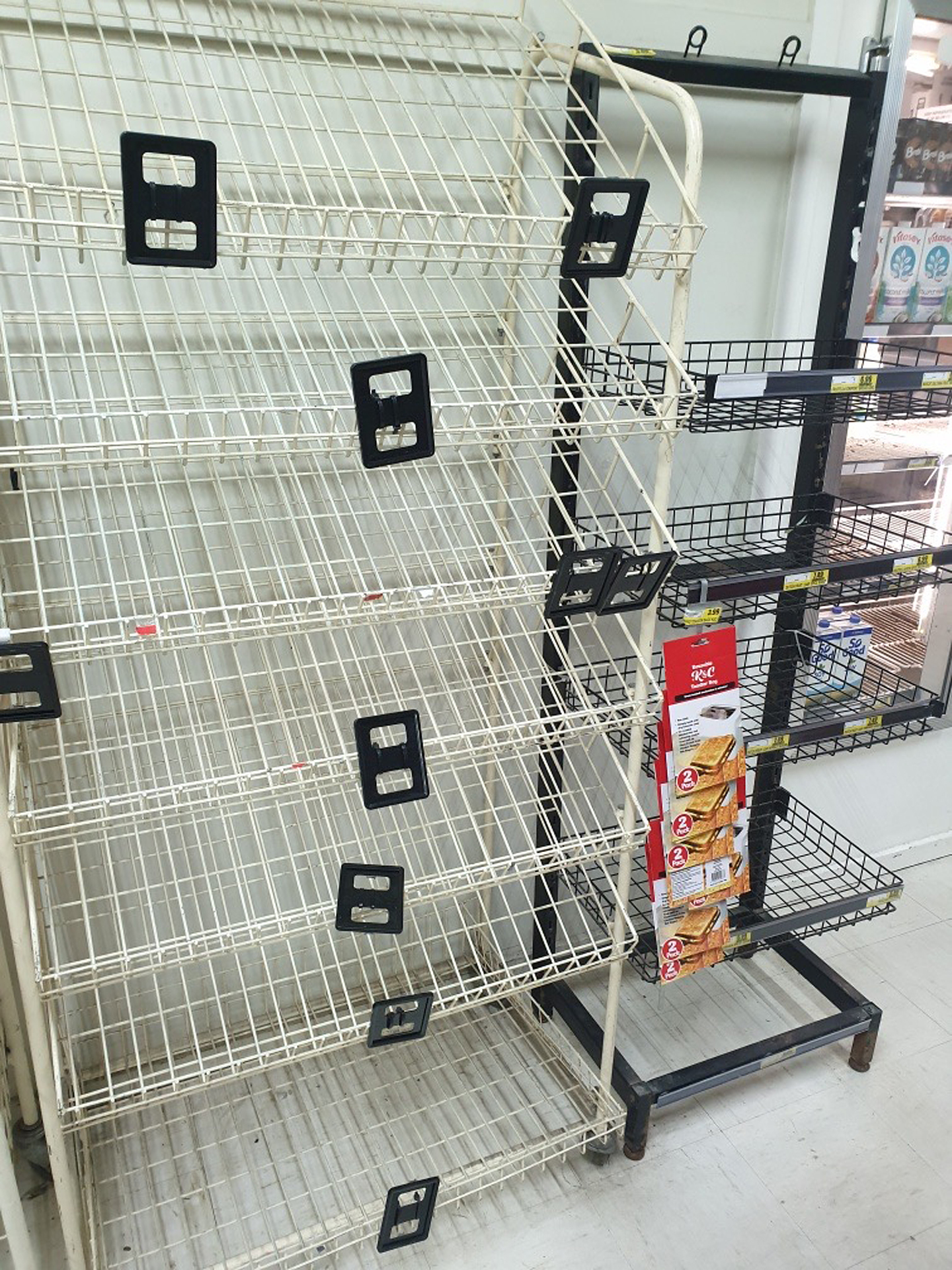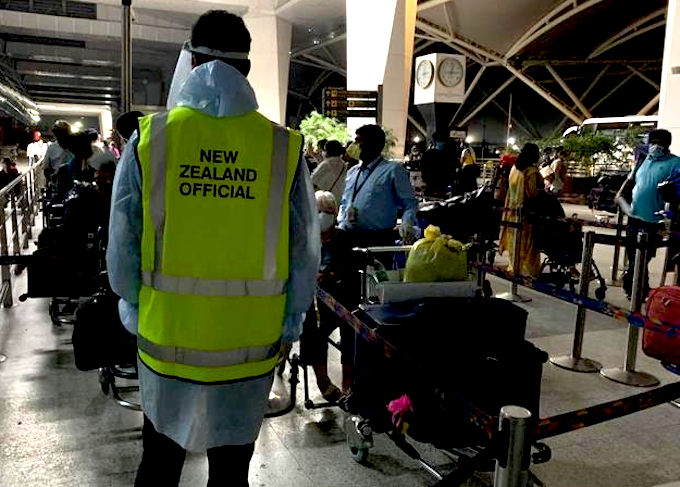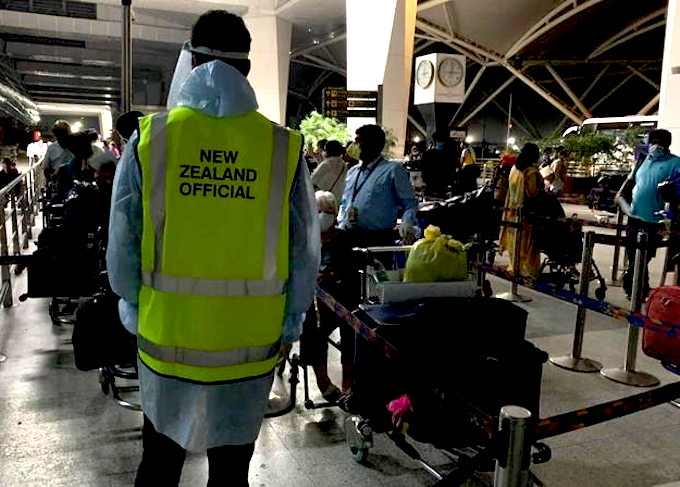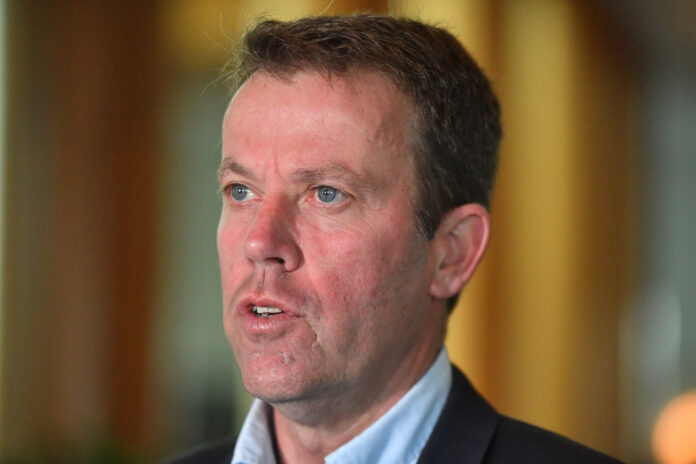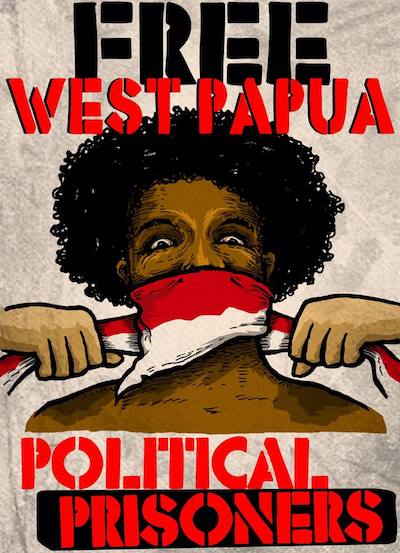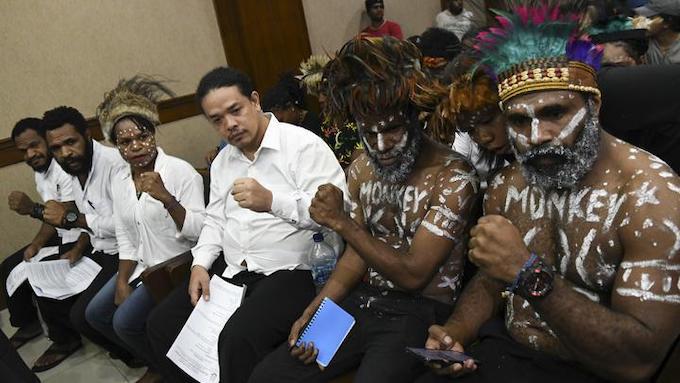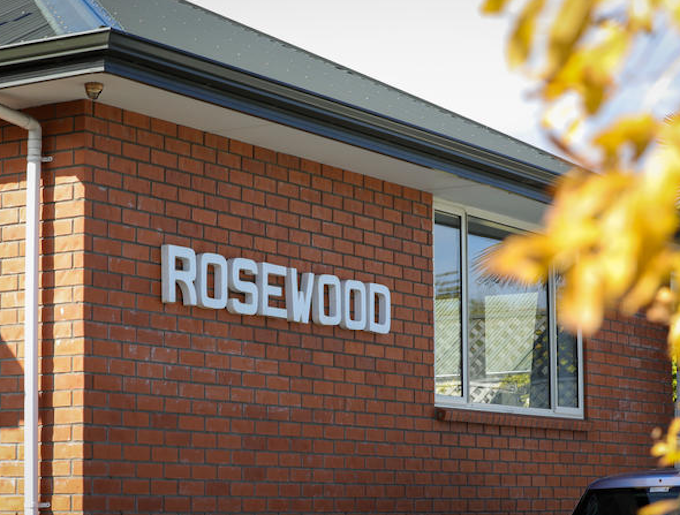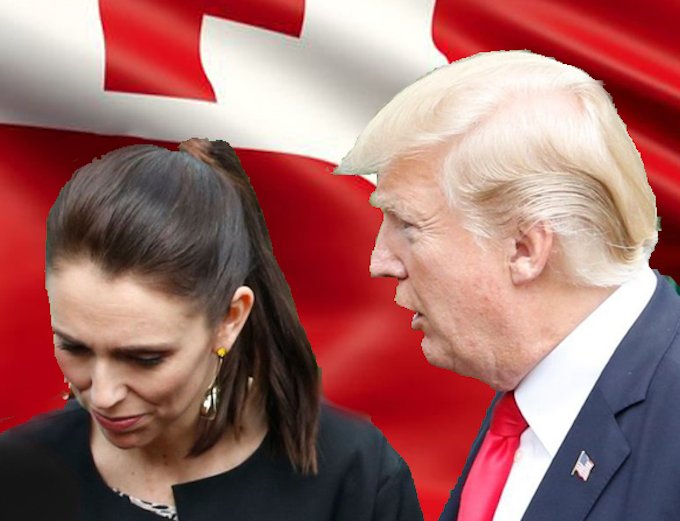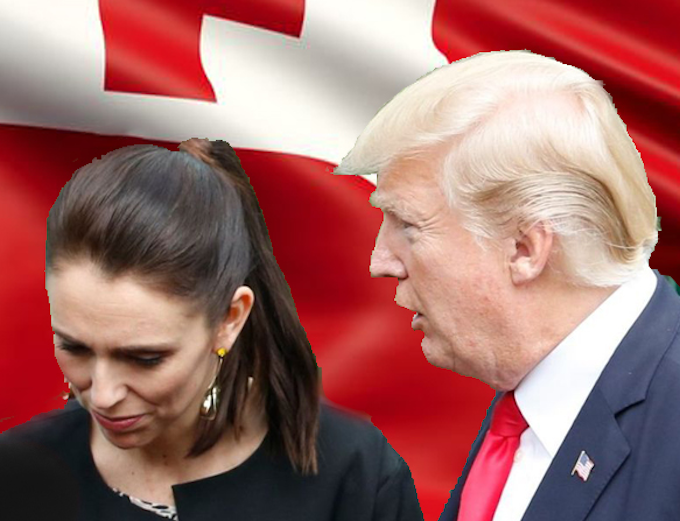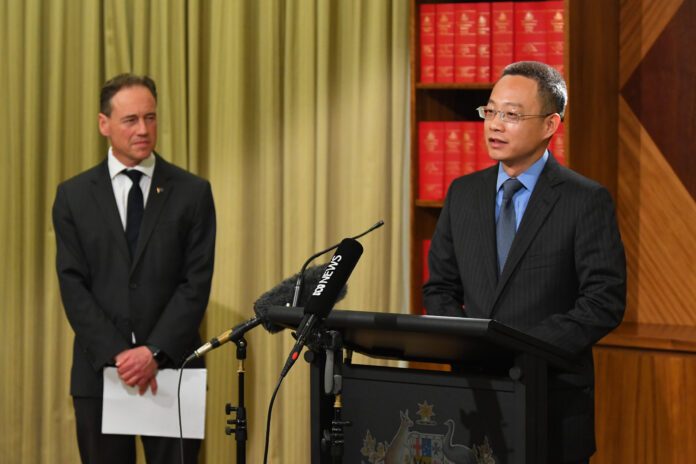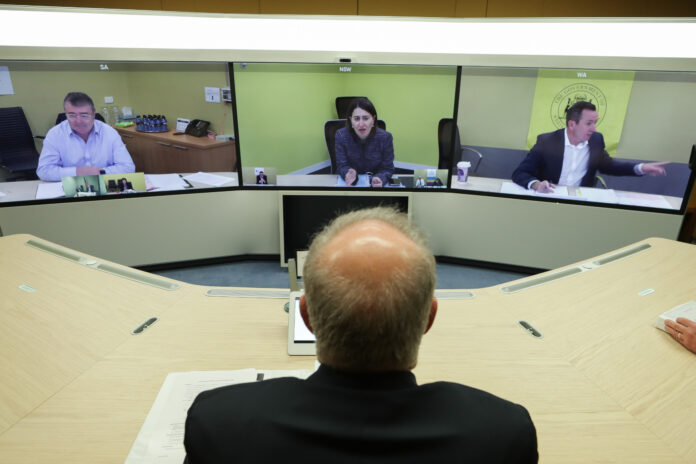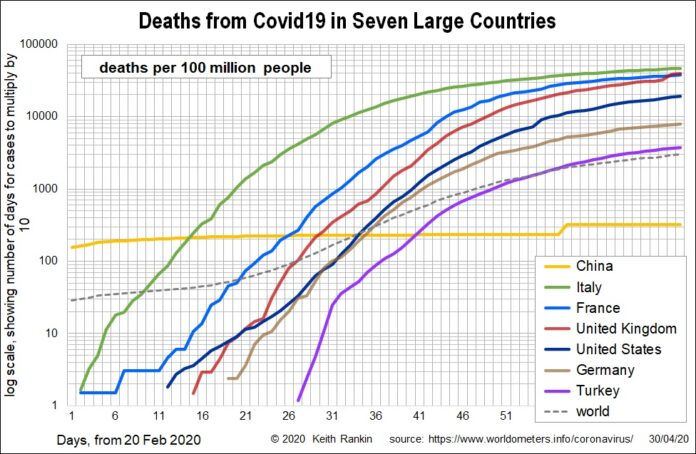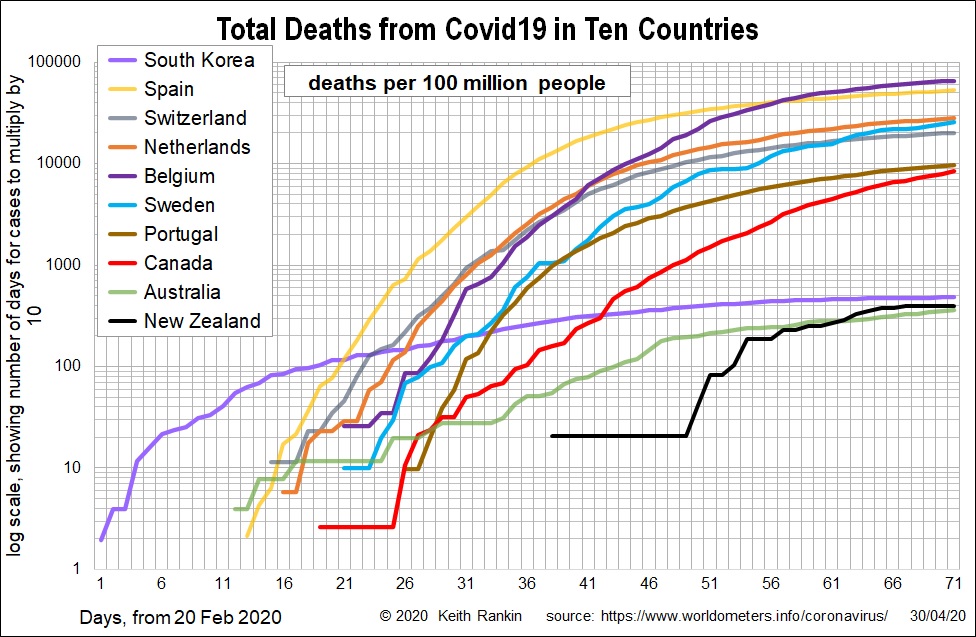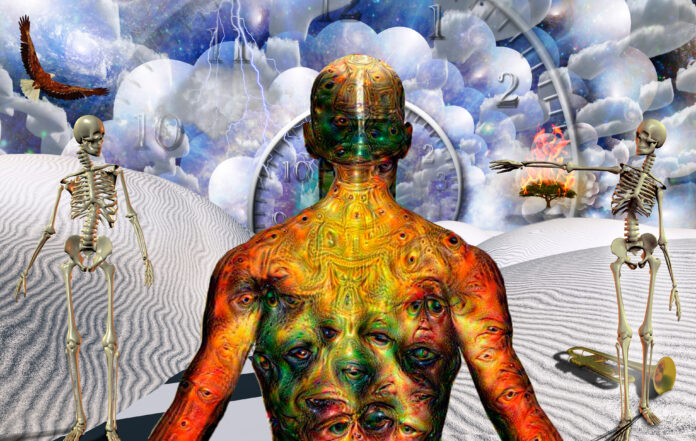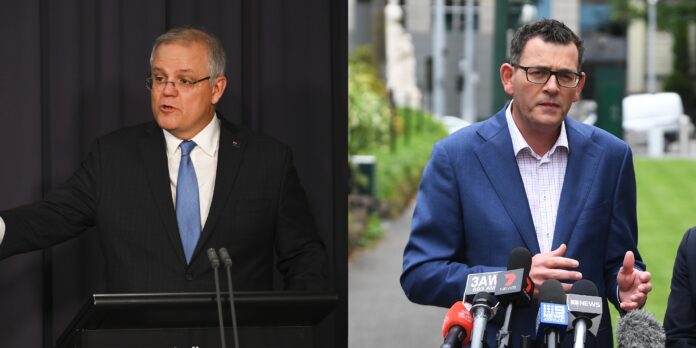Source: The Conversation (Au and NZ) – By James Martin, Associate Professor in Criminology, Swinburne University of Technology
The coronavirus pandemic has spawned reports of unregulated health products and fake cures being sold on the dark web. These include black market PPE, illicit medications such as the widely touted “miracle” drug chloroquine, and fake COVID-19 “cures” including blood supposedly from recovered coronavirus patients.
These dealings have once again focused public attention on this little-understood section of the internet. Nearly a decade since it started being used on a significant scale, the dark web continues to be a lucrative safe haven for traders in a range of illegal goods and services, especially illicit drugs.
Black market trading on the dark web is carried out primarily through darknet marketplaces or cryptomarkets. These are anonymised trading platforms that directly connect buyers and sellers of a range of illegal goods and services – similar to legitimate trading websites such as eBay.
So how do darknet marketplaces work? And how much illegal trading of COVID-19-related products is happening via these online spaces?
Read more: Dark web, not dark alley: why drug sellers see the internet as a lucrative safe haven
Not a free-for-all
There are currently more than a dozen darknet marketplaces in operation. Protected by powerful encryption technology, authorities around the world have largely failed to contain their growth. A steadily increasing proportion of illicit drug users around the world report sourcing their drugs online. In Australia, we have one of the world’s highest concentrations of darknet drug vendors per capita.
Contrary to popular belief, cryptomarkets are not the “lawless spaces” they’re often presented as in the news. Market prohibitions exist on all mainstream cryptomarkets. Universally prohibited goods and services include: hitman services, trafficked human organs and snuff movies.
Although cryptomarkets lie outside the realm of state regulation, each one is set up and maintained by a central administrator who, along with employees or associates, is responsible for the market’s security, dispute resolution between buyers and sellers, and the charging of commissions on transactions.
Administrators are also ultimately responsible for determining what can and can’t be sold on their cryptomarket. These decisions are likely informed by:
- the attitudes of the surrounding community comprising buyers and sellers
- the extent of consumer demand and supply for certain products
- the revenues a site makes from commissions charged on transactions
- and the perceived “heat” that may be attracted from law enforcement in the trading of particularly dangerous illegal goods and services.
Read more: Illuminating the ‘dark web’
Experts delve into the dark web
A report from the Australian National University published last week looks at several hundred coronavirus-related products for sale across a dozen cryptomarkets, including supposed vaccines and antidotes.
While the study confirms some unscrupulous dark web traders are indeed exploiting the pandemic and seeking to defraud naïve customers, this information should be contextualised with a couple of important caveats.
Firstly, the number of dodgy covid-related products for sale on the dark web is relatively small. According to this research, they account for about 0.2% of all listed items. The overwhelming majority of products were those we are already familiar with – particularly illicit drugs such as cannabis and MDMA.
Also, while the study focused on products listed for sale, these are most likely listings for products that either do no exist or are listed with the specific intention to defraud a customer.
Thus, the actual sale of fake coronavirus “cures” on the dark web is likely minimal, at best.
A self-regulating entity
By far the most commonly traded products on cryptomarkets are illicit drugs. Smaller sub-markets exist for other products such as stolen credit card information and fraudulent identity documents.
This isn’t to say extraordinarily dangerous and disturbing content, such as child exploitation material, can’t be found on the dark web. Rather, the sites that trade in such “products” are segregated from mainstream cryptomarkets, in much the same way convicted paedophiles are segregated from mainstream prison populations.
Since the outbreak of the coronavirus, dark web journalist and author Eileen Ormsby reported some cryptomarkets have quickly imposed bans on vendors seeking to profit from the pandemic. For instance, the following was tweeted by one cryptomarket administrator:
Any vendor caught flogging goods as a “cure” to coronavirus will not only be permanently removed from this market but should be avoided like the Spanish Flu. You are about to ingest drugs from a stranger on the internet –- under no circumstances should you trust any vendor that is using COVID-19 as a marketing tool to peddle tangible/already questionable goods. I highly doubt many of you would fall for that shit to begin with but you know, dishonest practice is never a good sign and a sure sign to stay away.
So it seems, despite the activities of a few dodgy operators, the vast majority of dark web traders are steering clear of exploiting the pandemic for their own profit. Instead, they are sticking to trading in products they can genuinely supply, such as illicit drugs.
Read more: What is the dark web and how does it work?
– ref. The darknet – a wild west for fake coronavirus ‘cures’? The reality is more complicated (and regulated) – https://theconversation.com/the-darknet-a-wild-west-for-fake-coronavirus-cures-the-reality-is-more-complicated-and-regulated-137608



